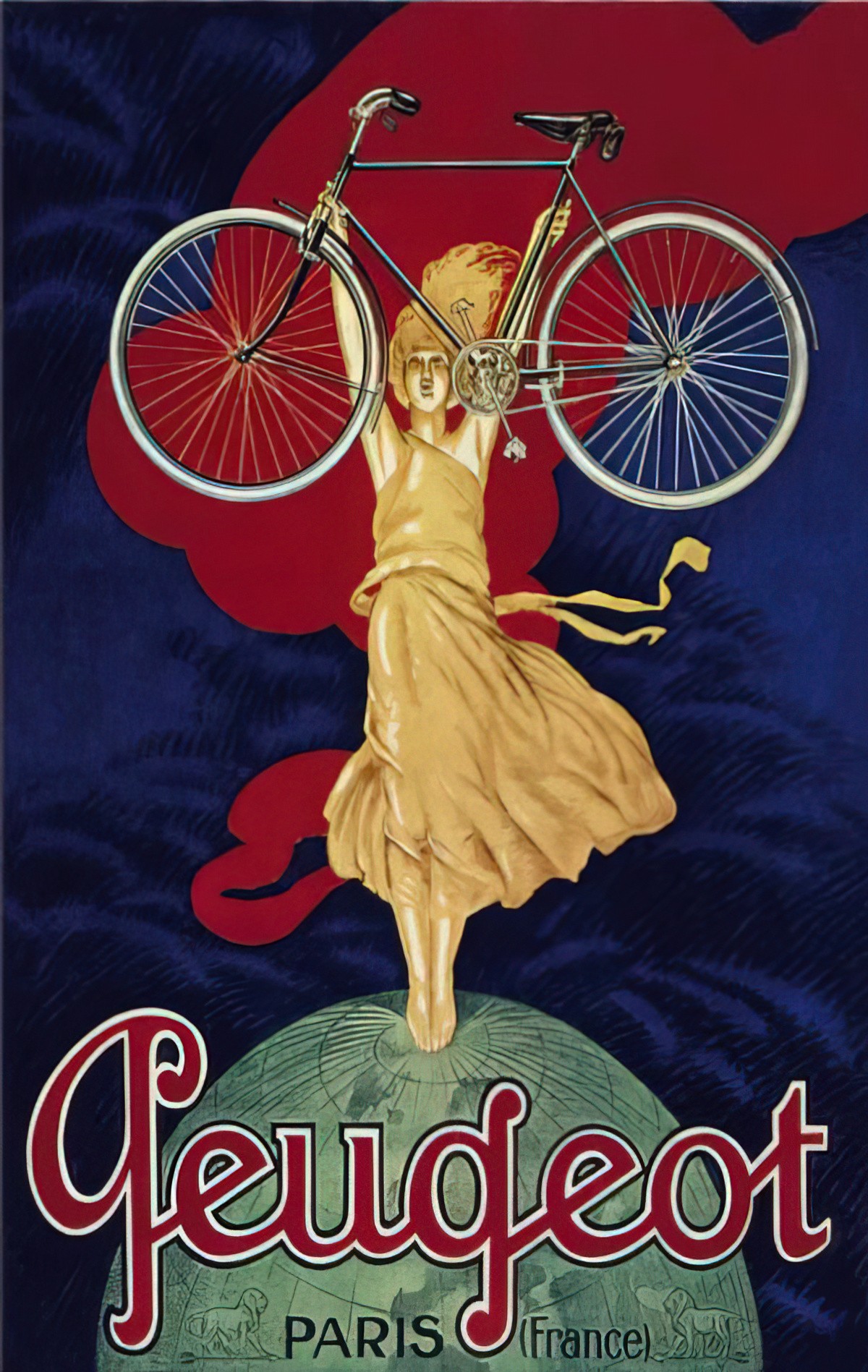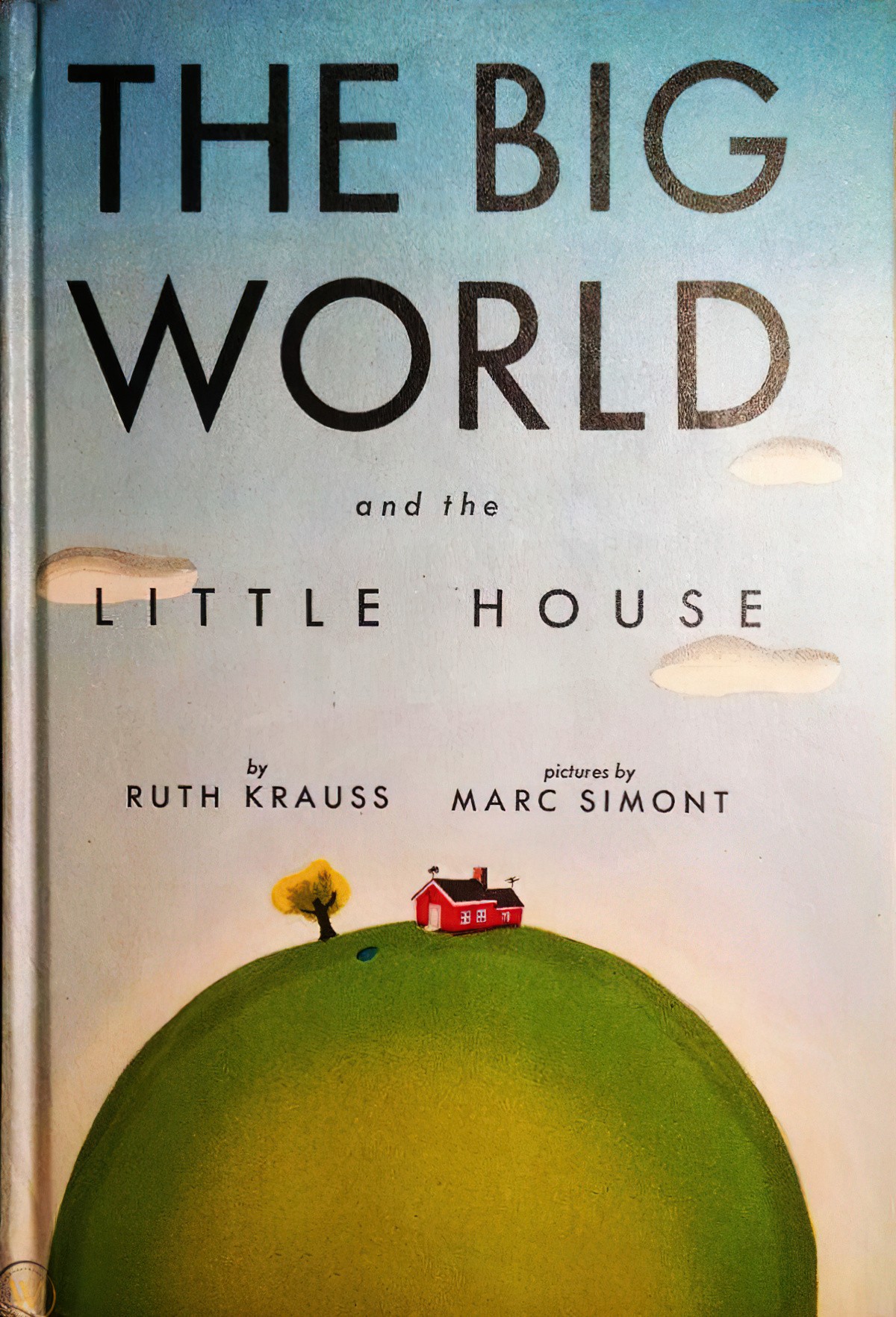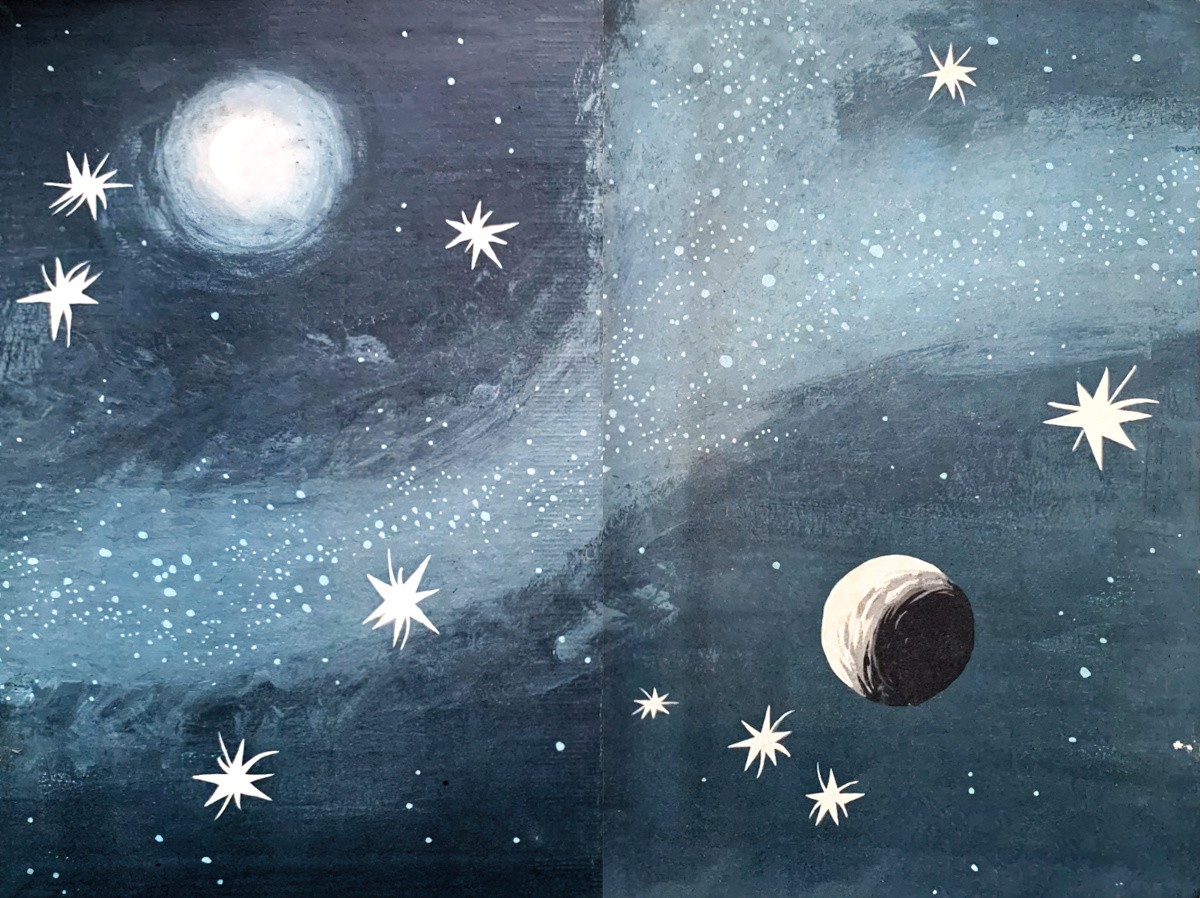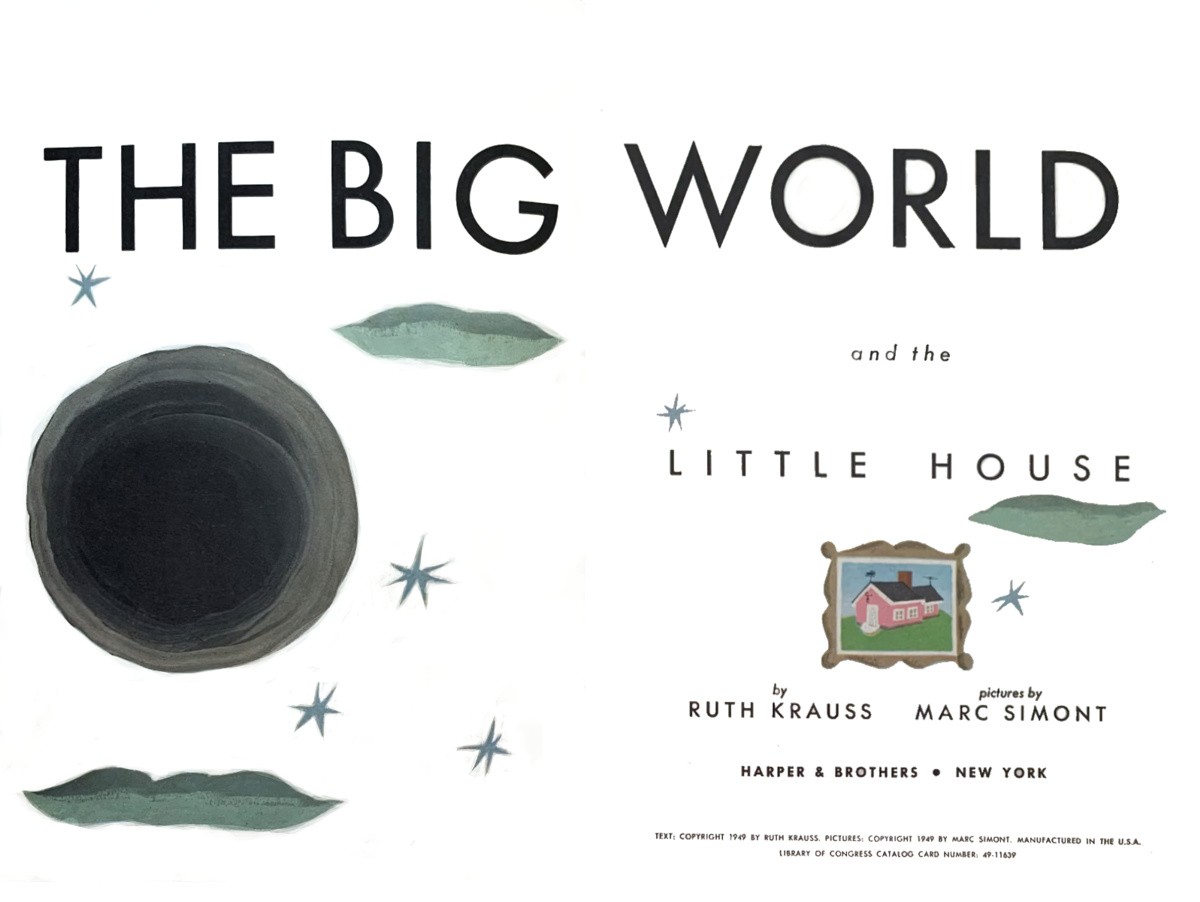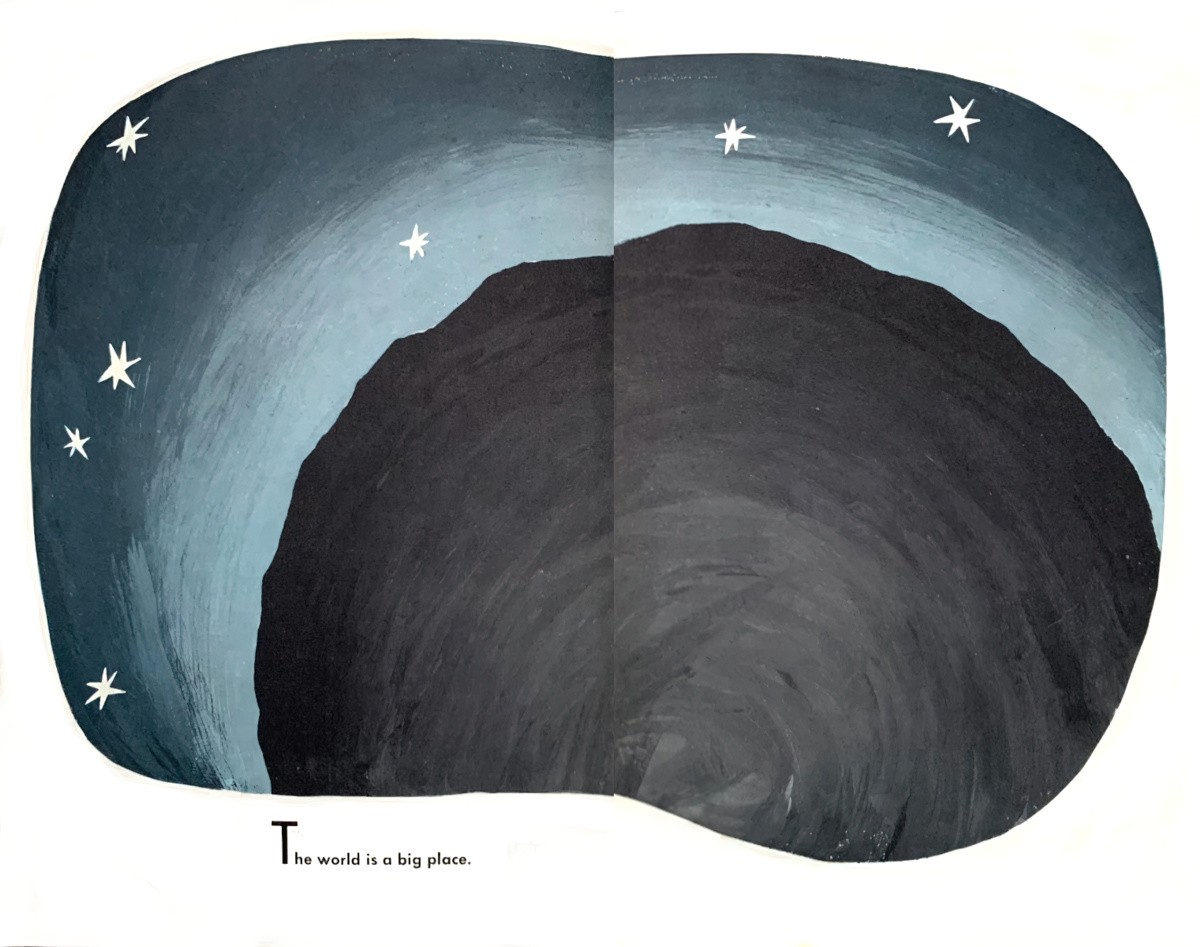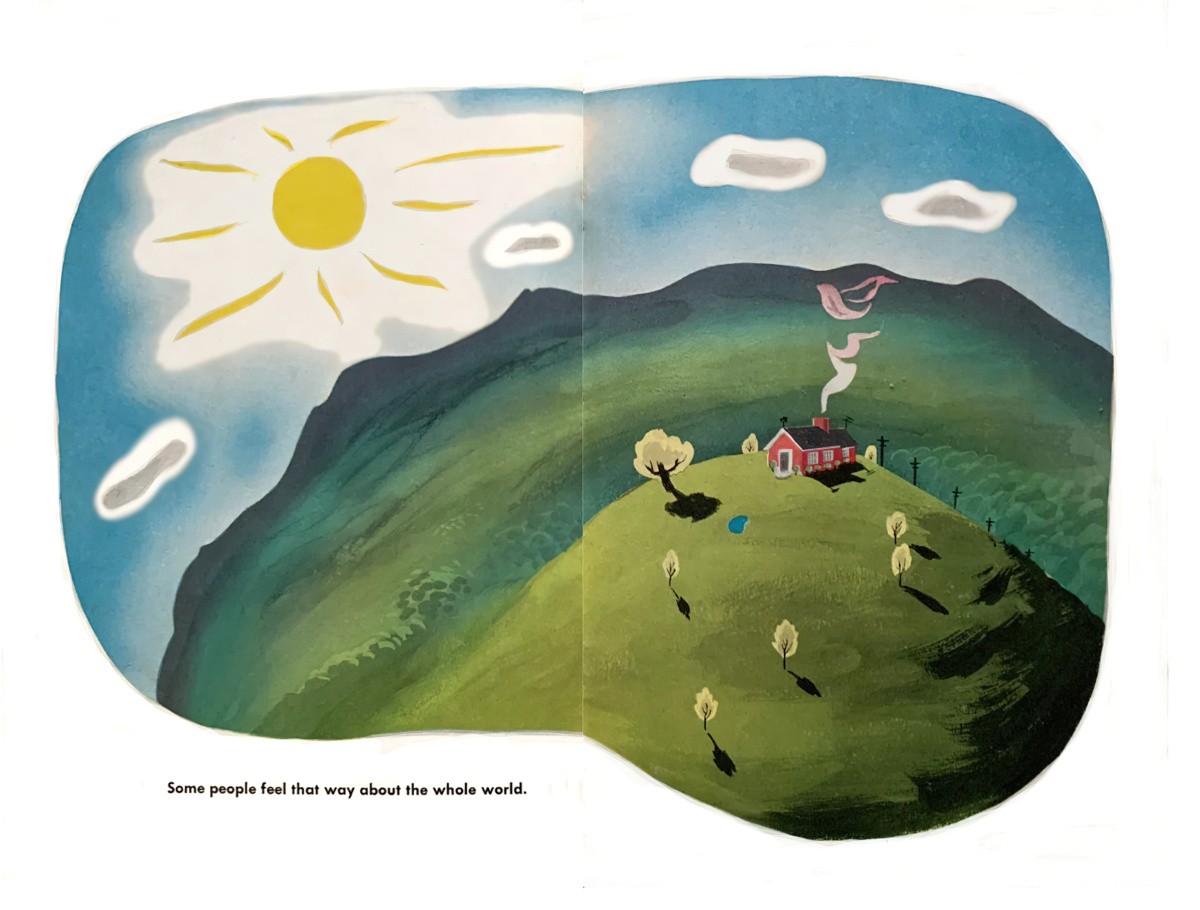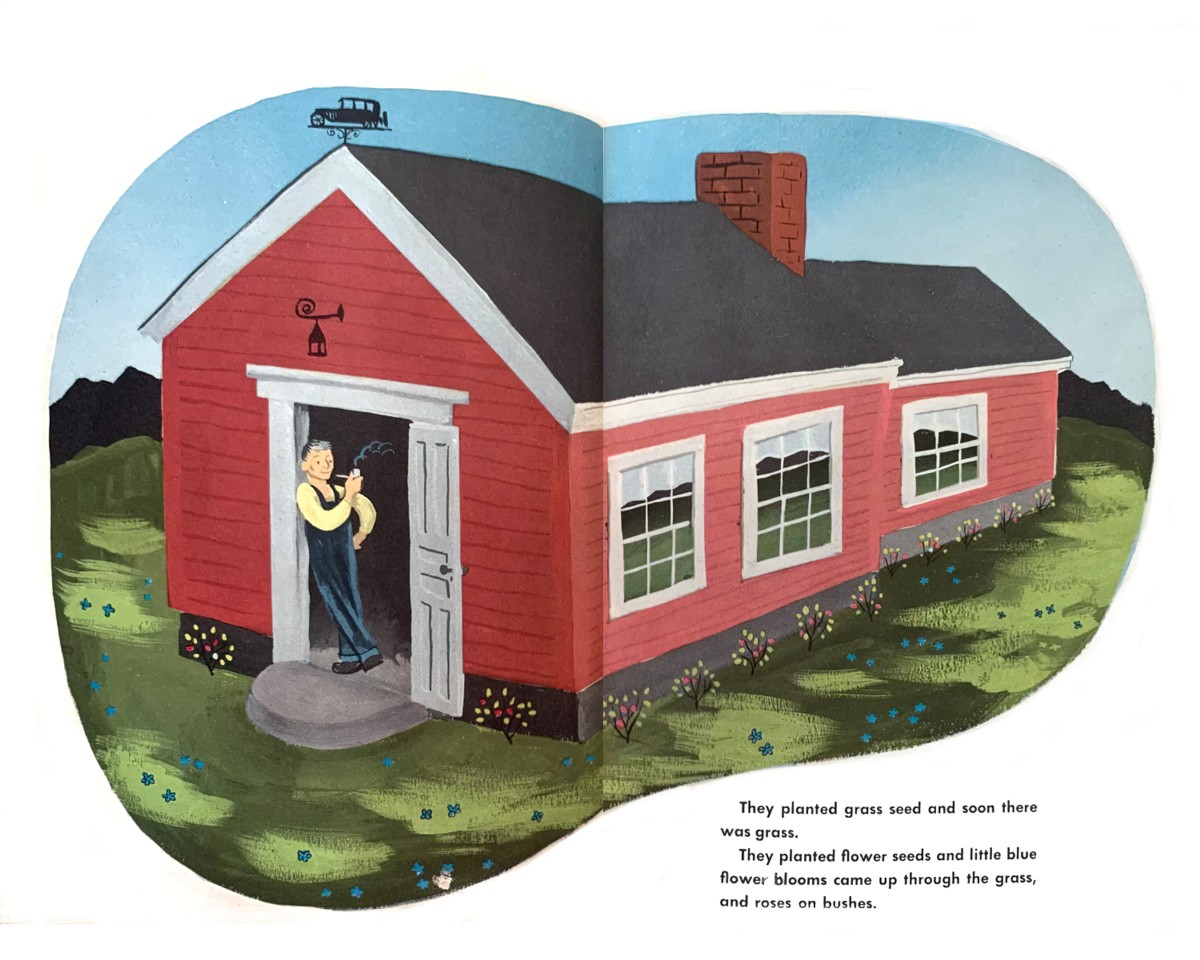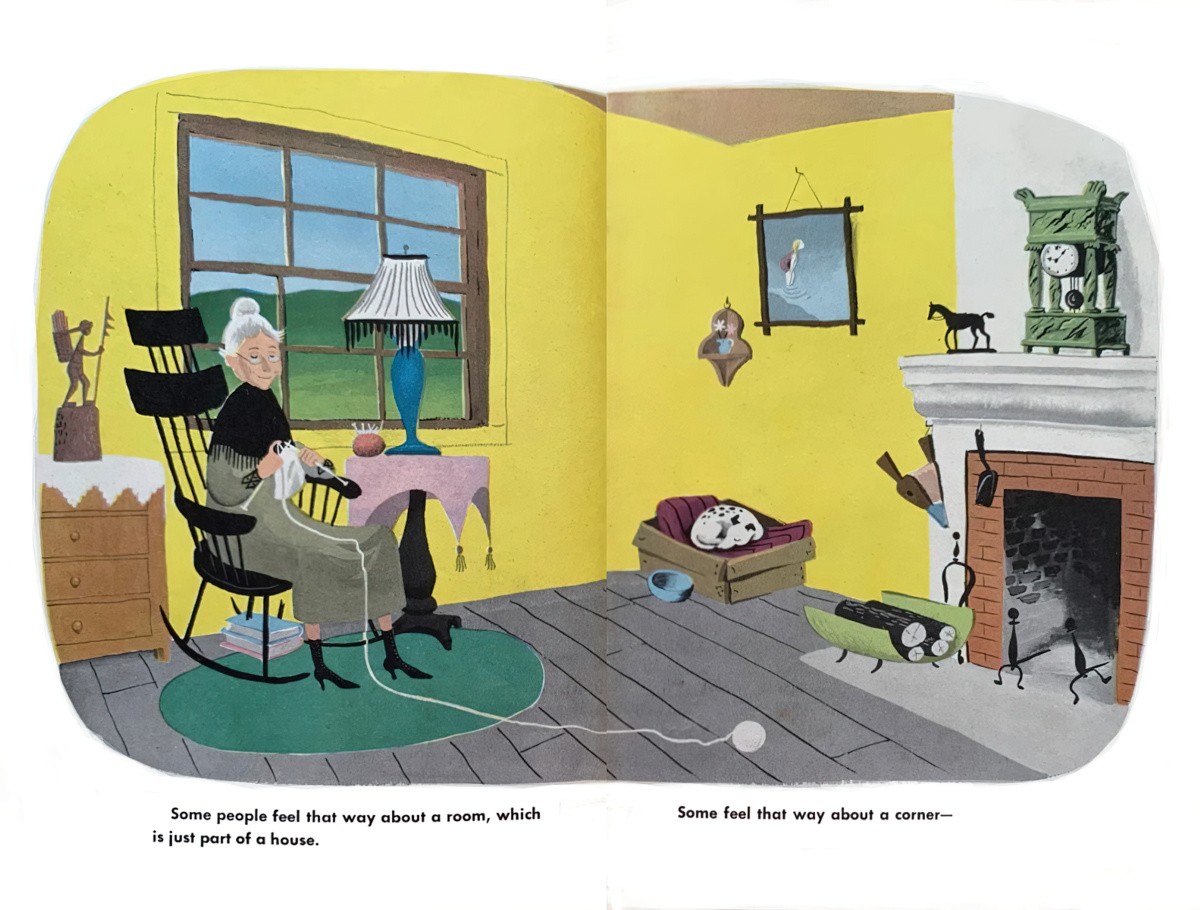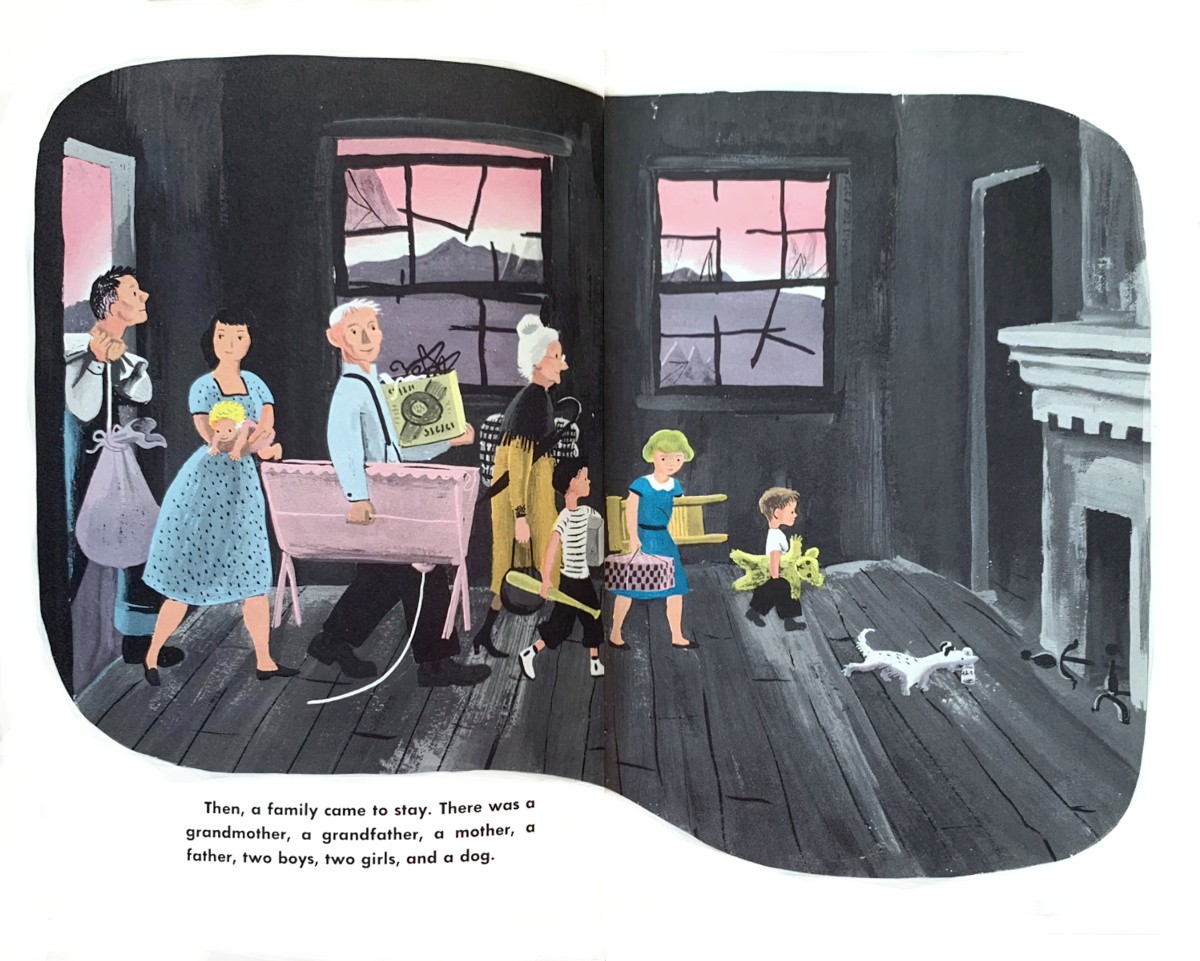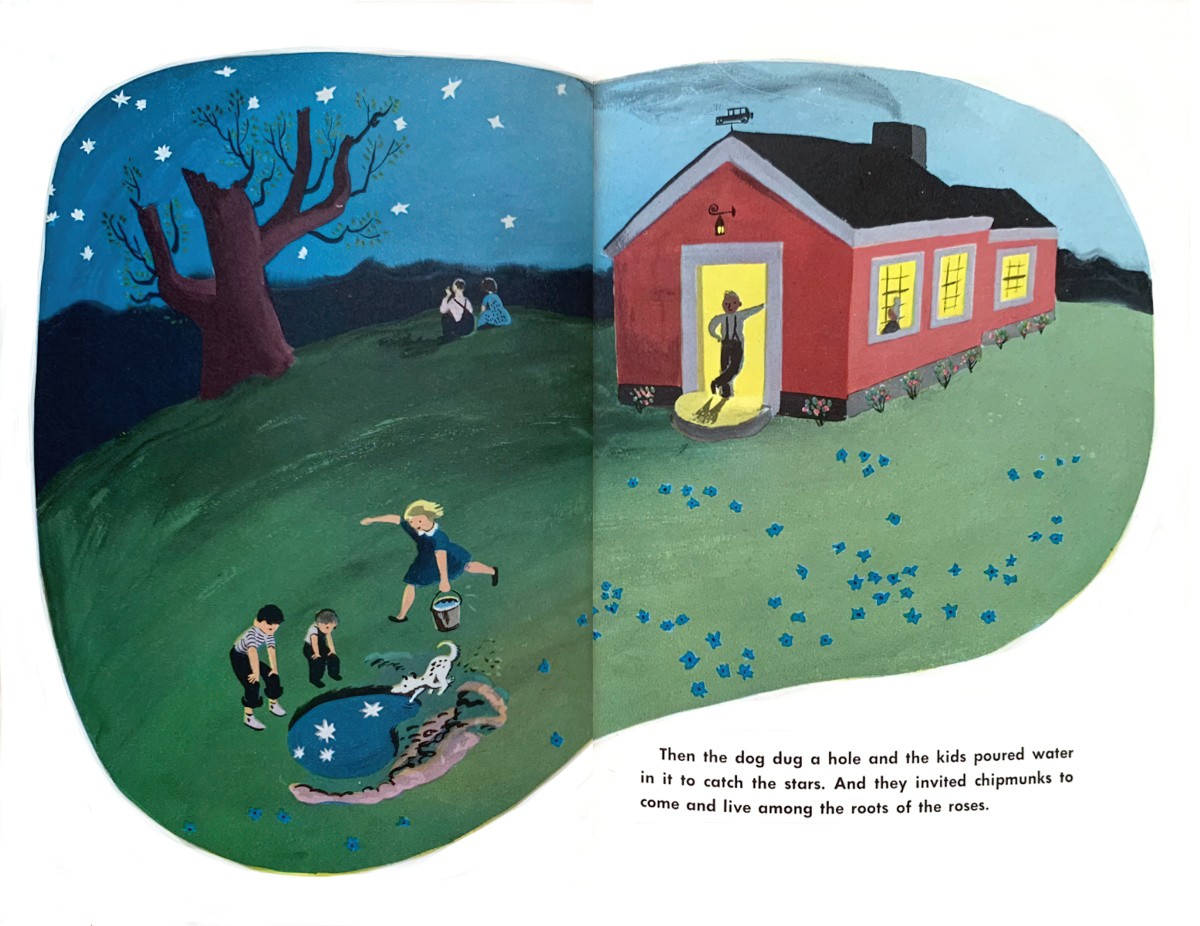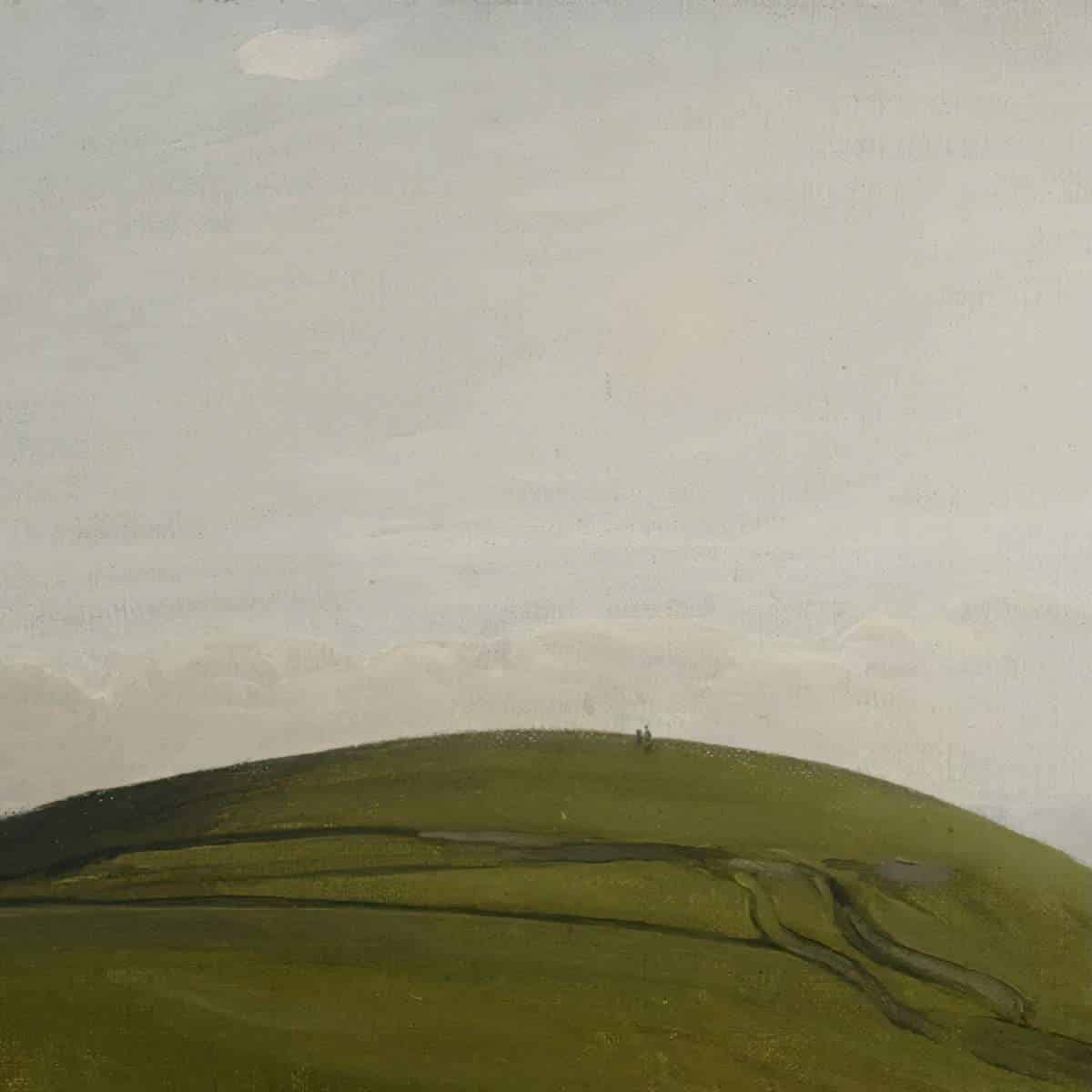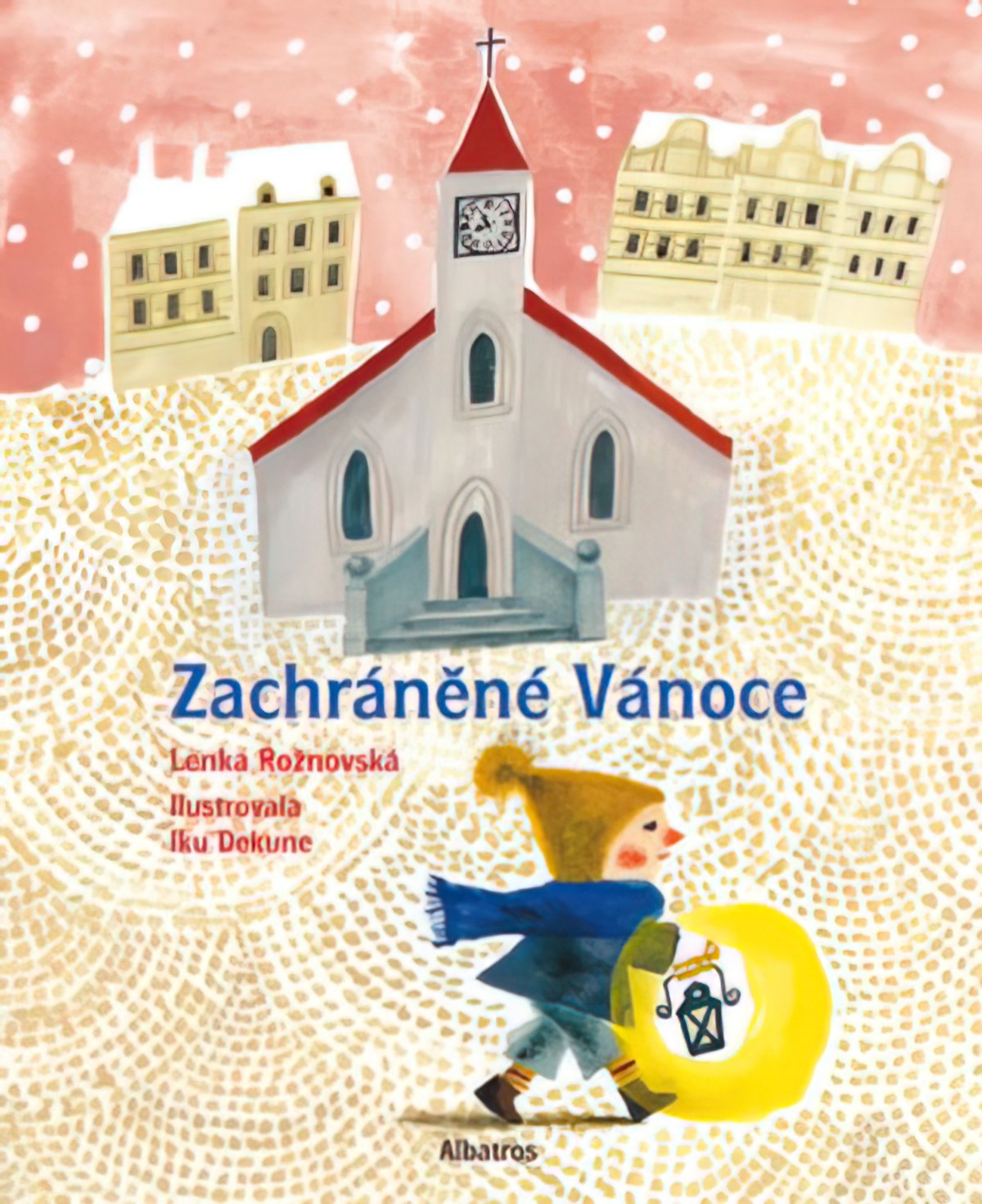Artists have various ways of deliberately distorting naturalistic perspective to achieve a certain mood, for example, a cosy little world.
A common feature in children’s book illustration is the curved horizon. An exaggerated and curved horizon gives the impression that the child lives on a very small planet, and mirrors the experience of early childhood. The young child’s arena is small compared to that of an adult, both physically and imaginatively.
Humans have the tendency to populate every sparse area with fairies. We historically consider small protrusions in land (knolls and hills) magical in some way. Here’s an illustration of a fairy hill, with tiny people coming out of a trap door. (Similar imagery can be seen in “The Legend Of The Pied Piper“.
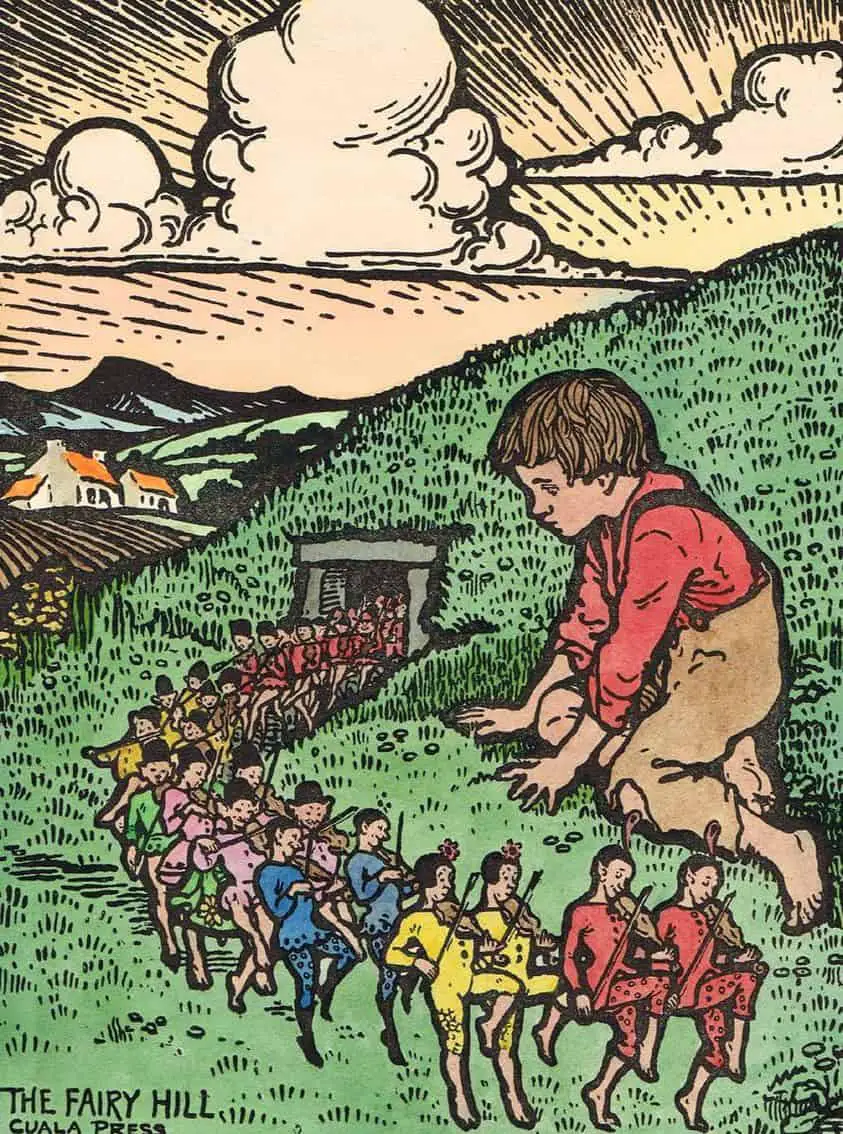
And here’s an Arthur Rackham illustration of a magic hill:
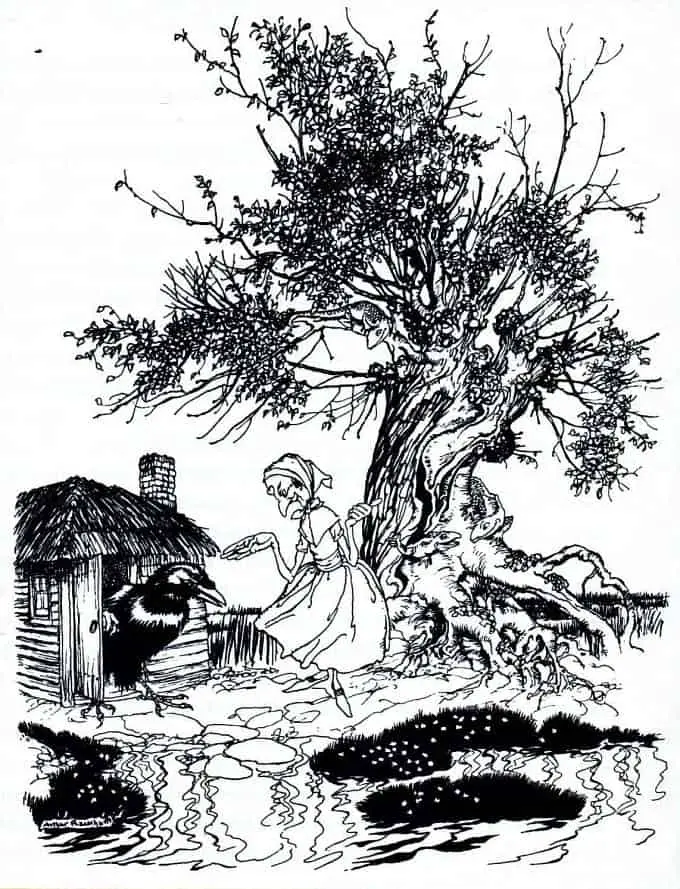
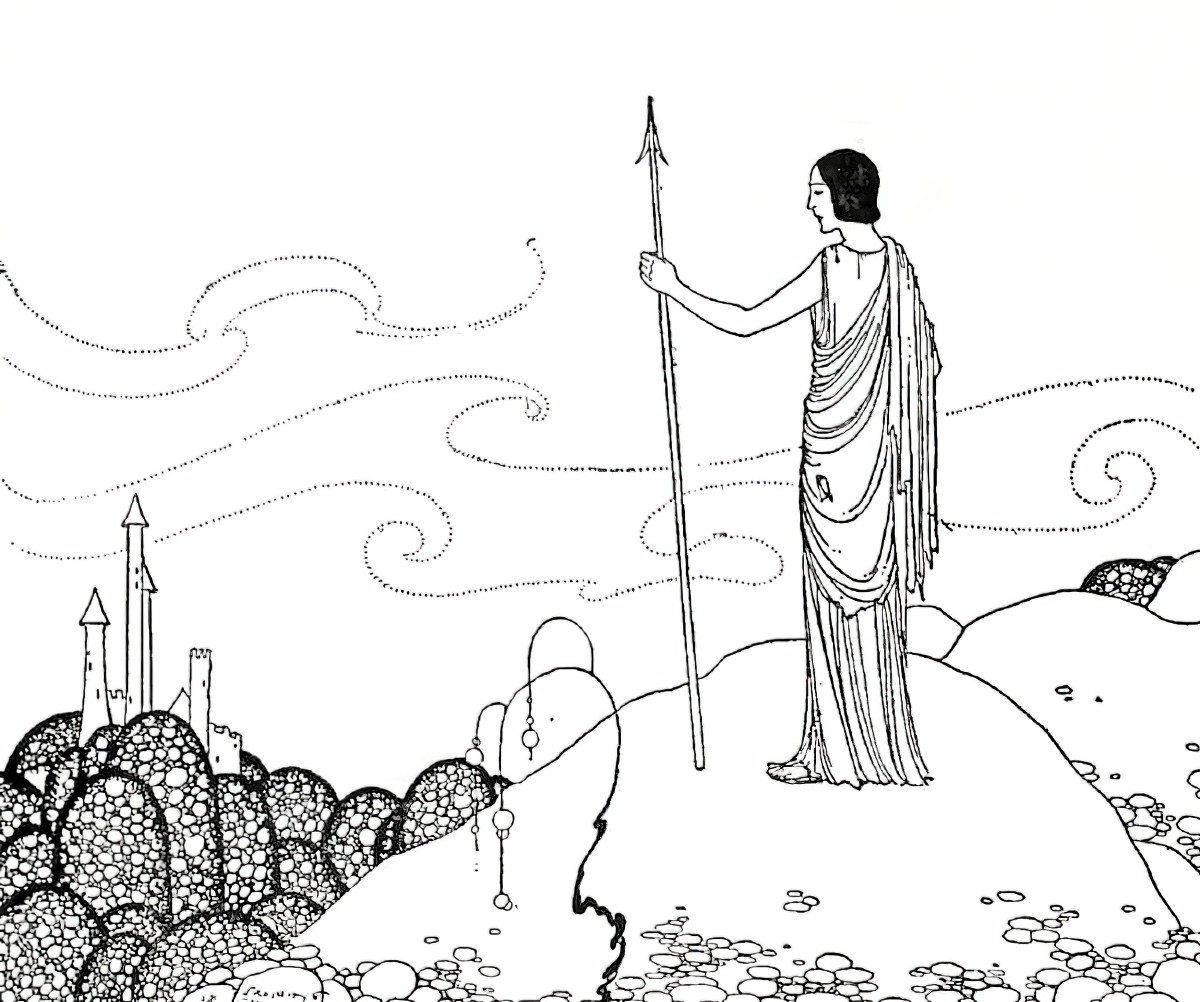
I believe the concept of the fairy hill has something to do with the tendency to depict horizons as curves in illustrations for children.
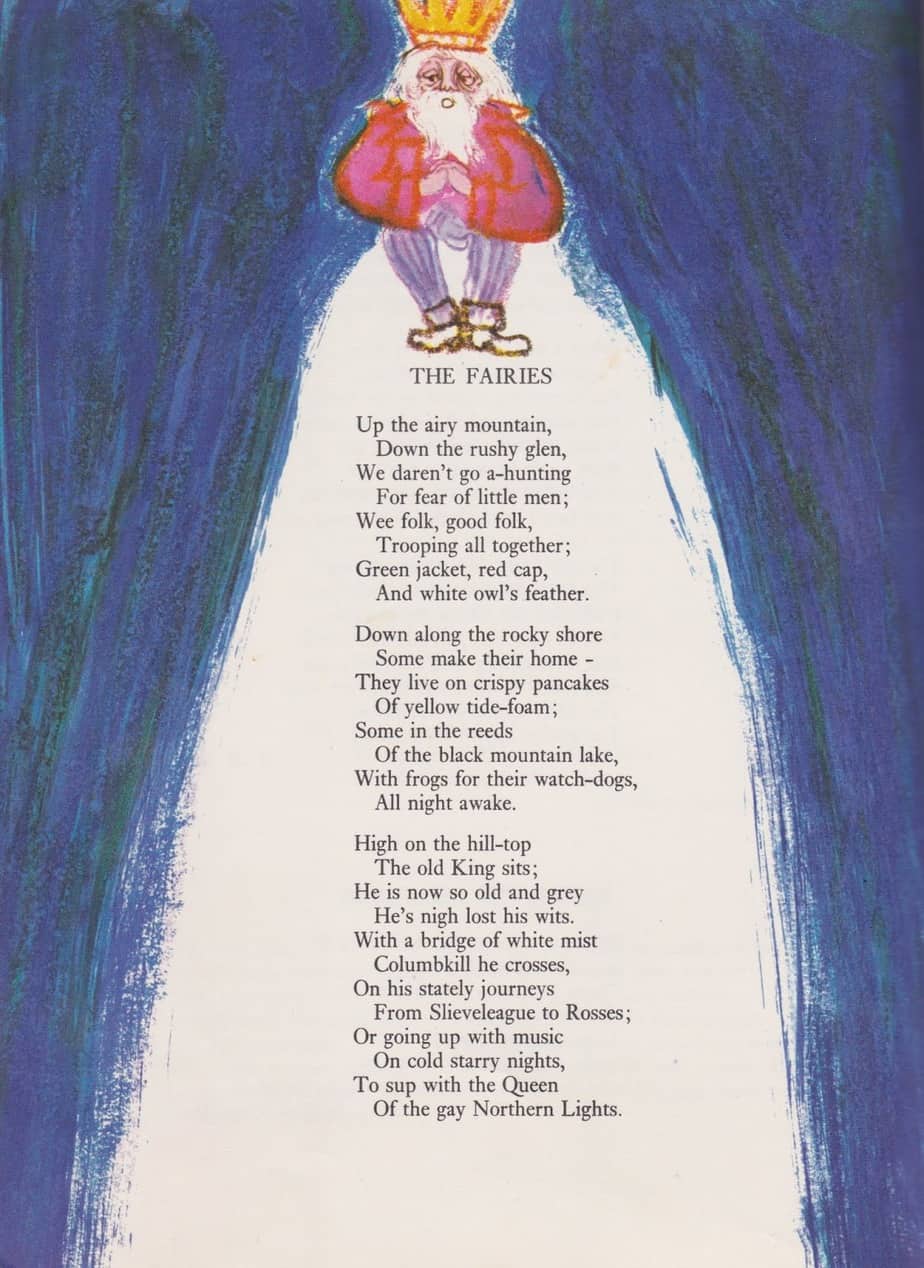
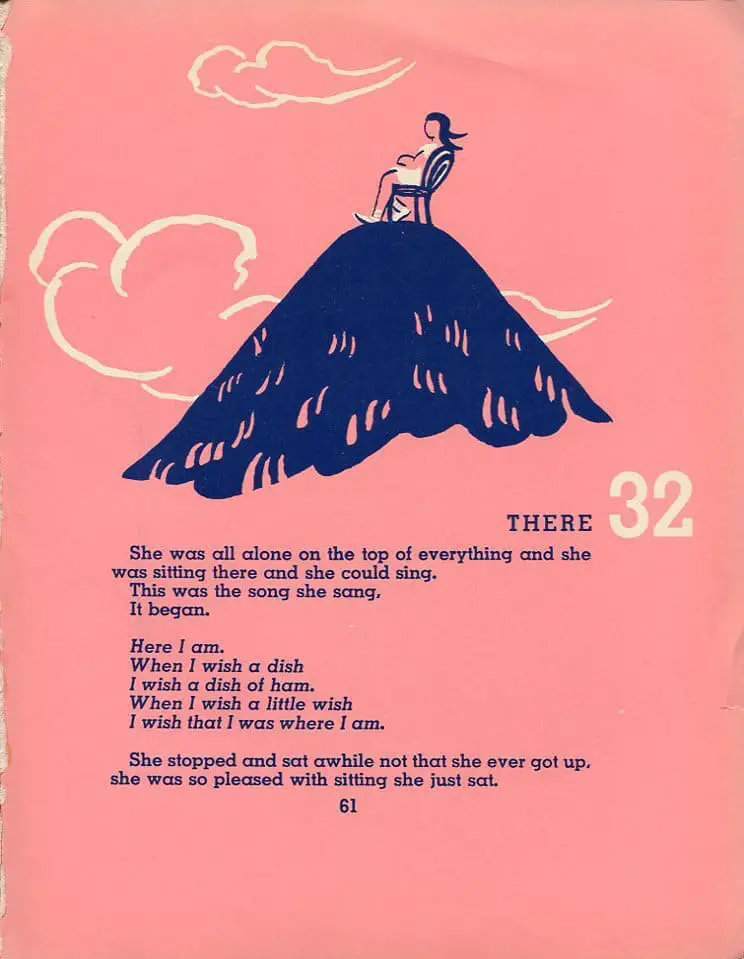
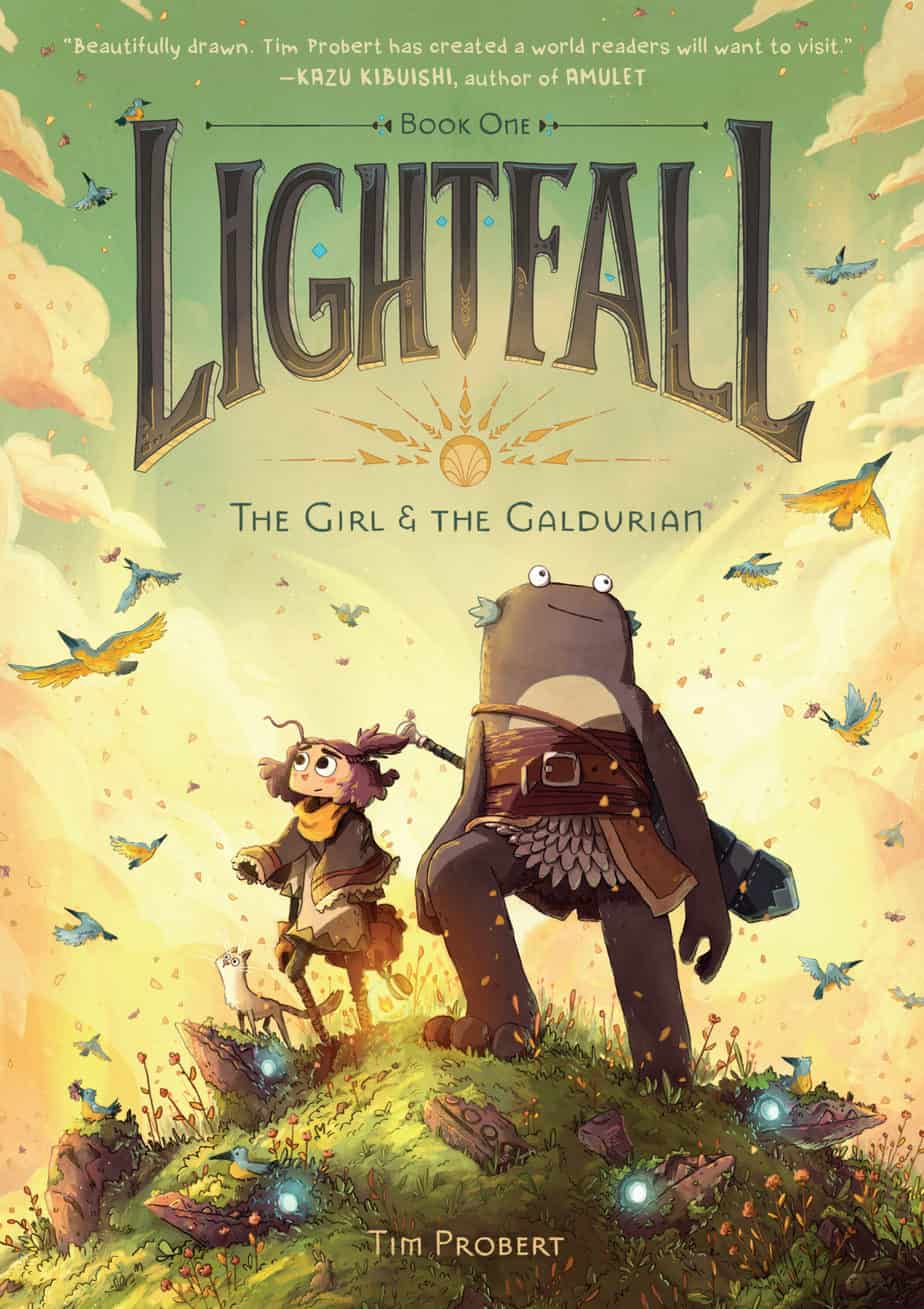
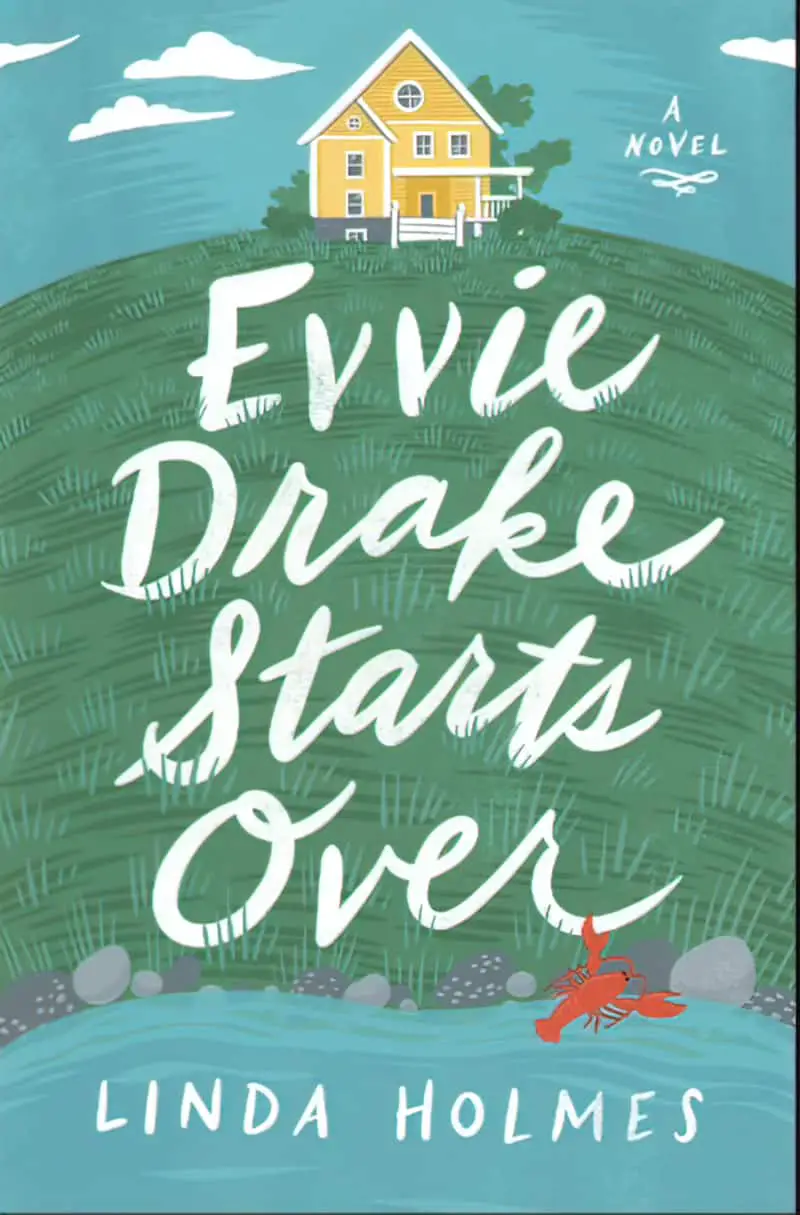
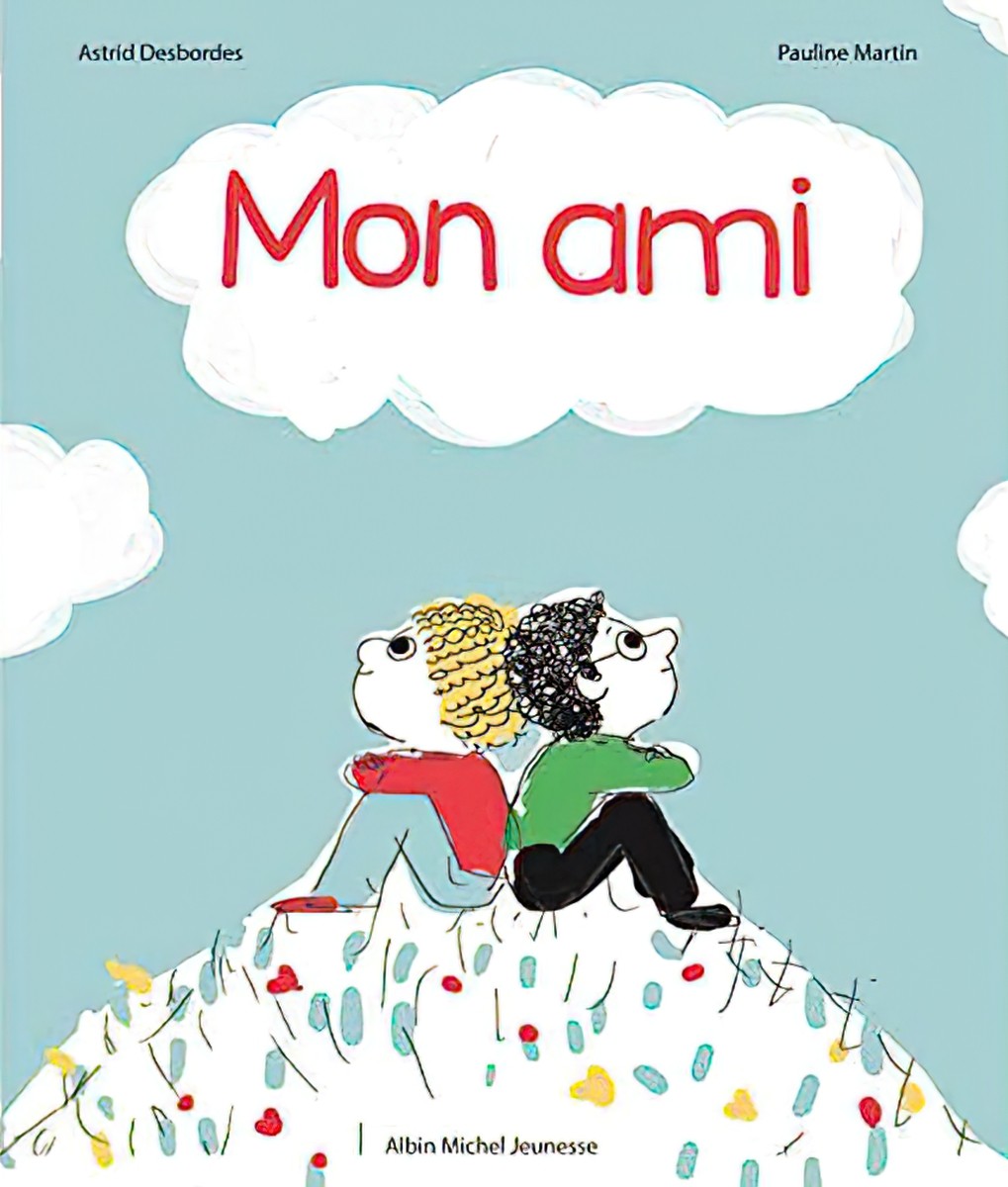
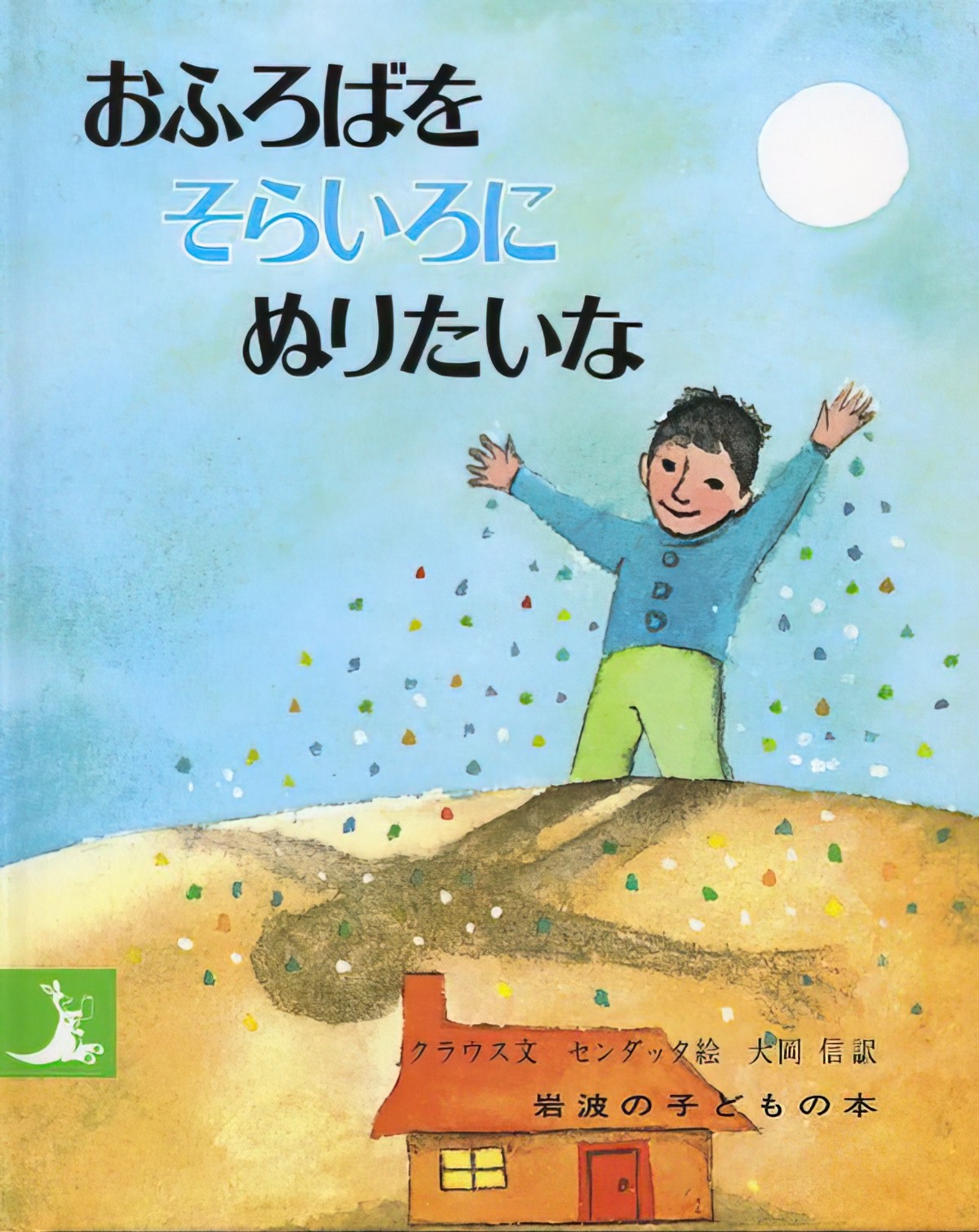
The small hill doesn’t always mean ‘cosy’. There’s nothing cosy about the plot of Saving Celeste by Timothée de Fombelle.
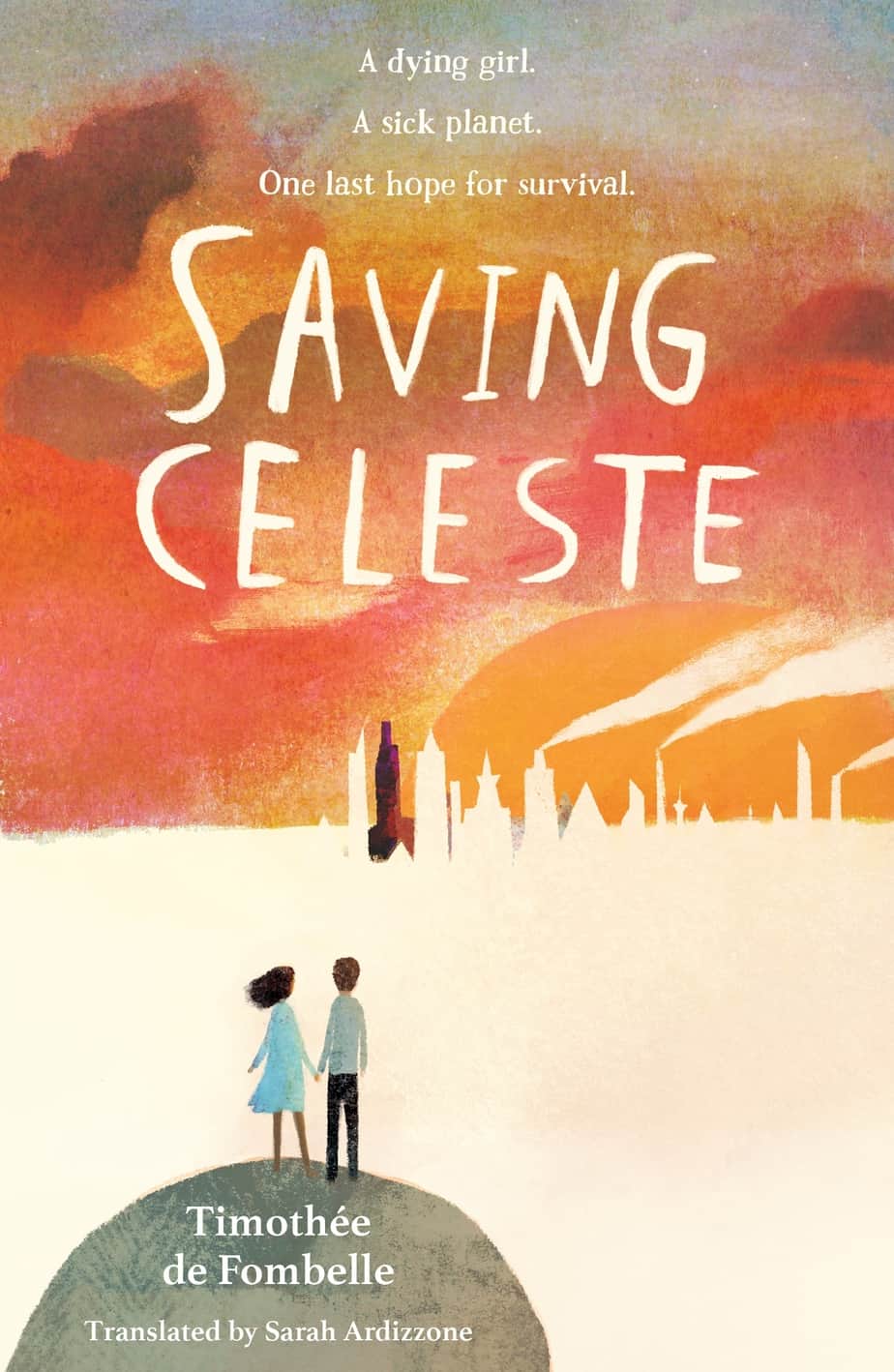
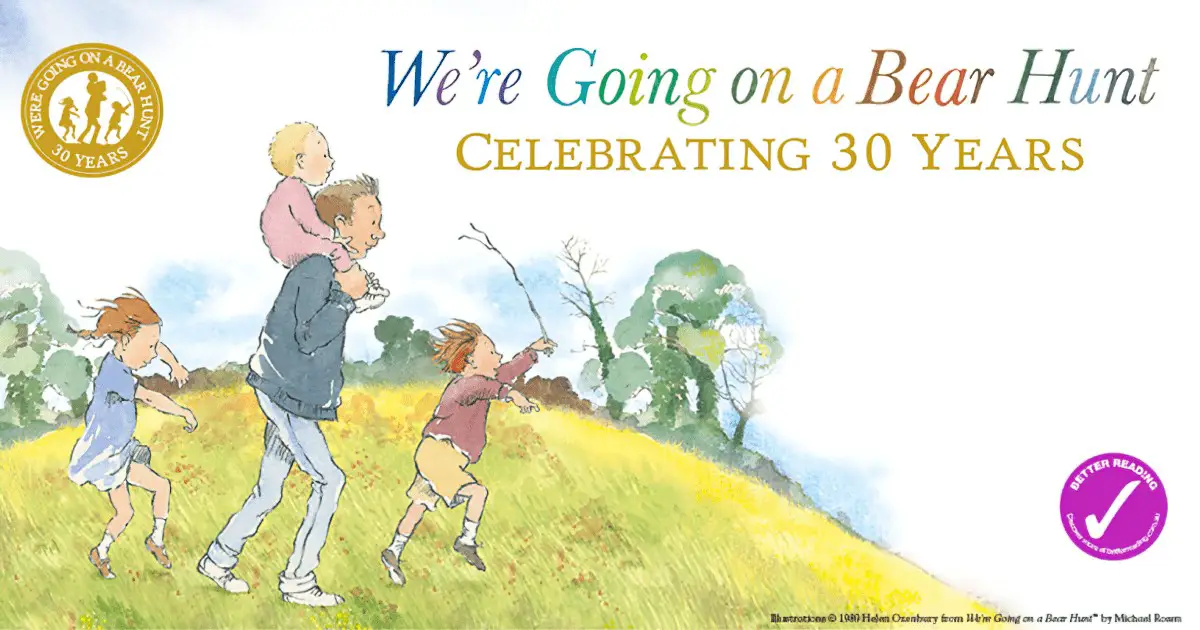
Sometimes the curve is very steep, as in the illustration by Jim Flora below.

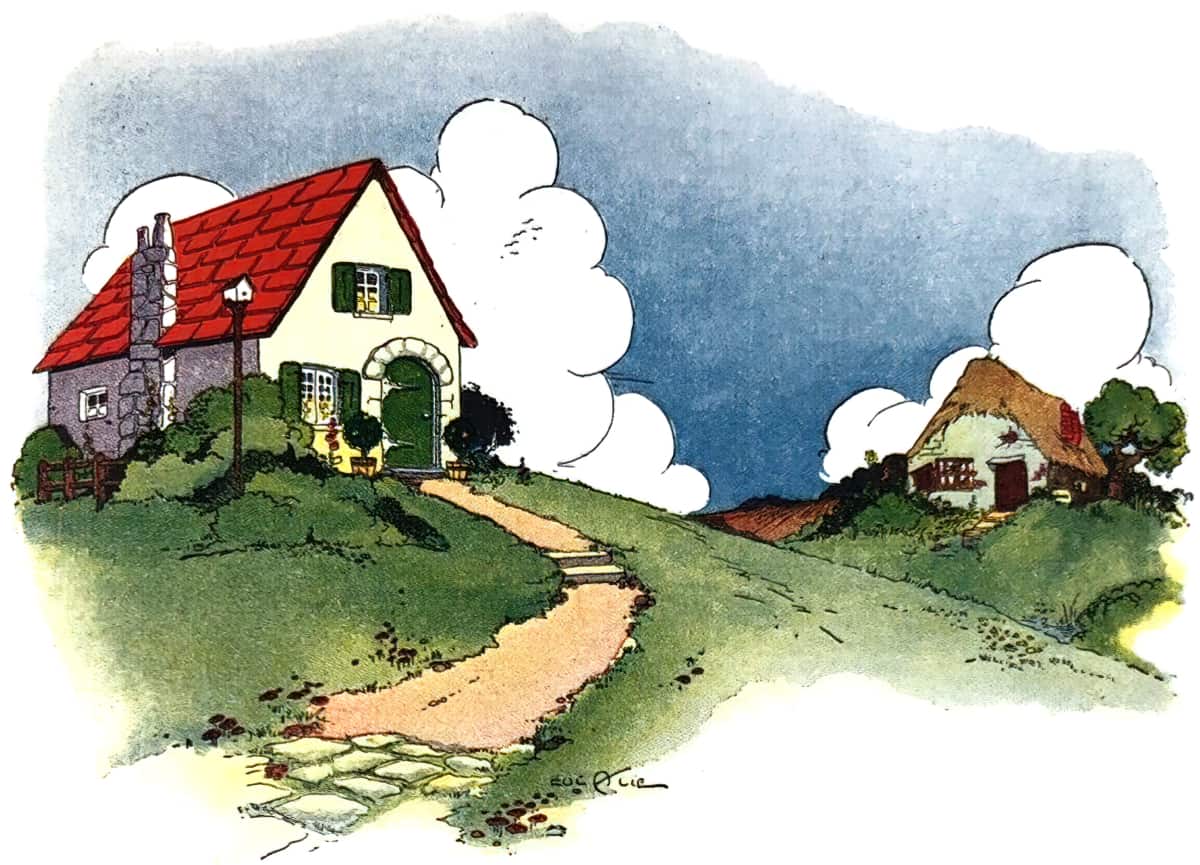
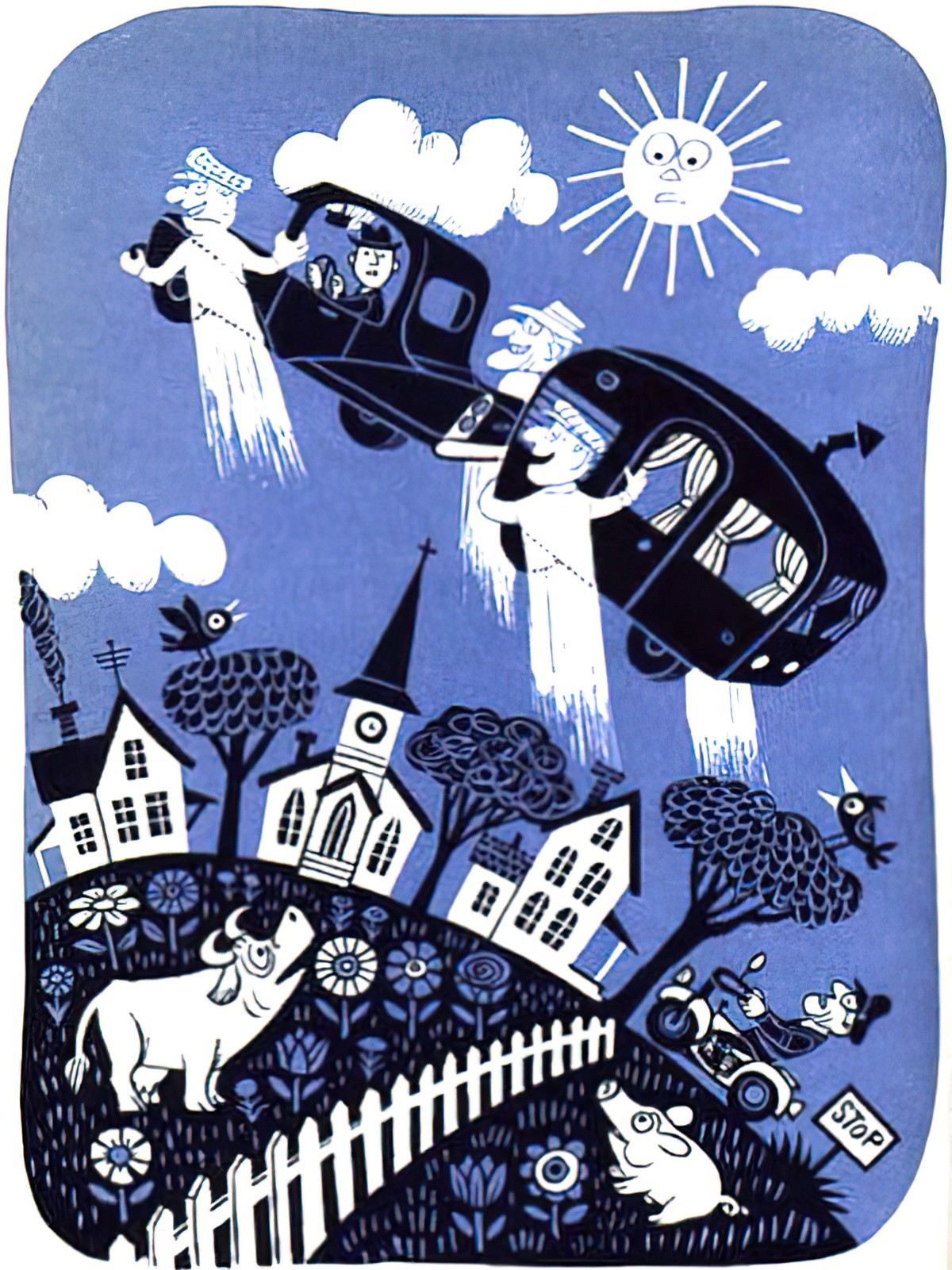
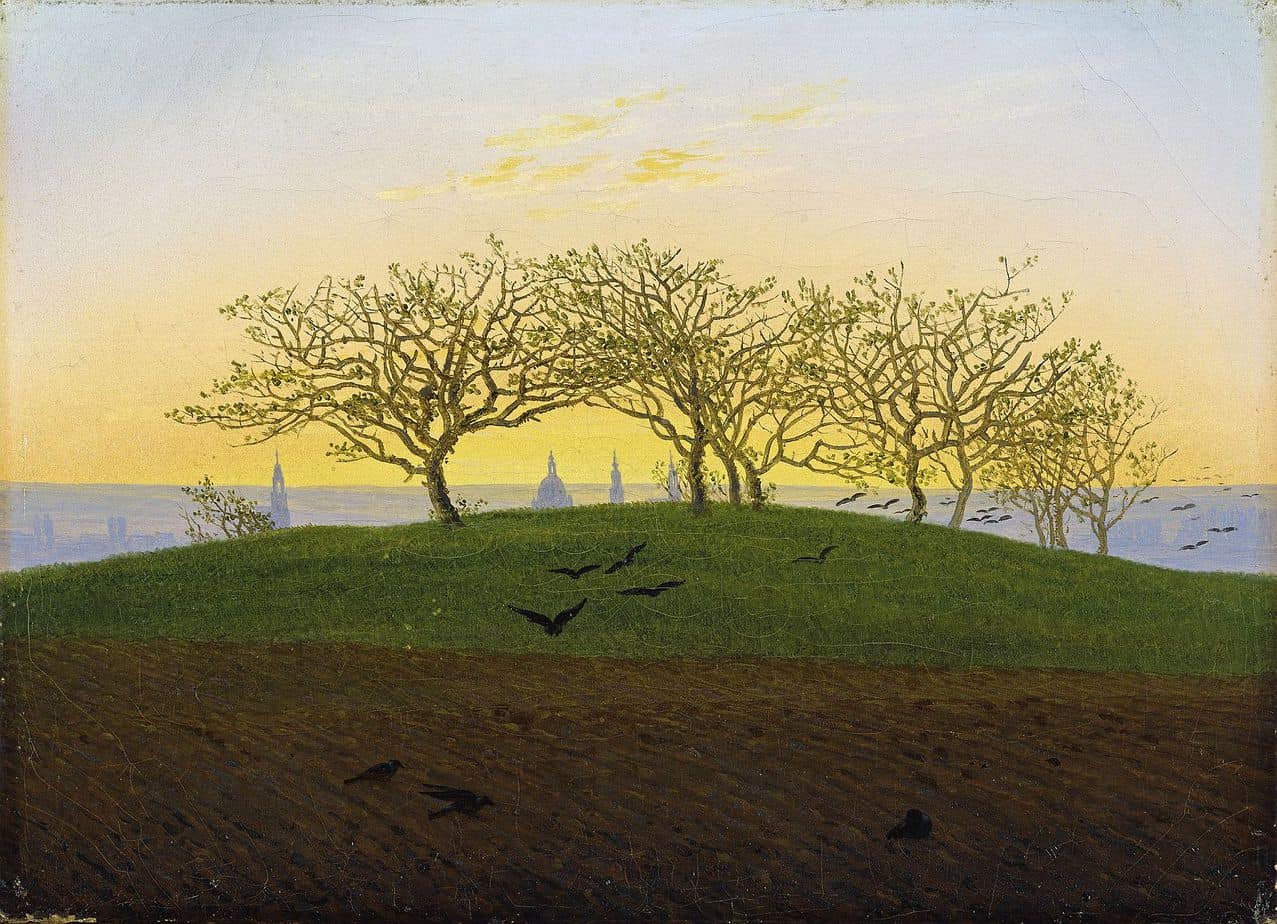
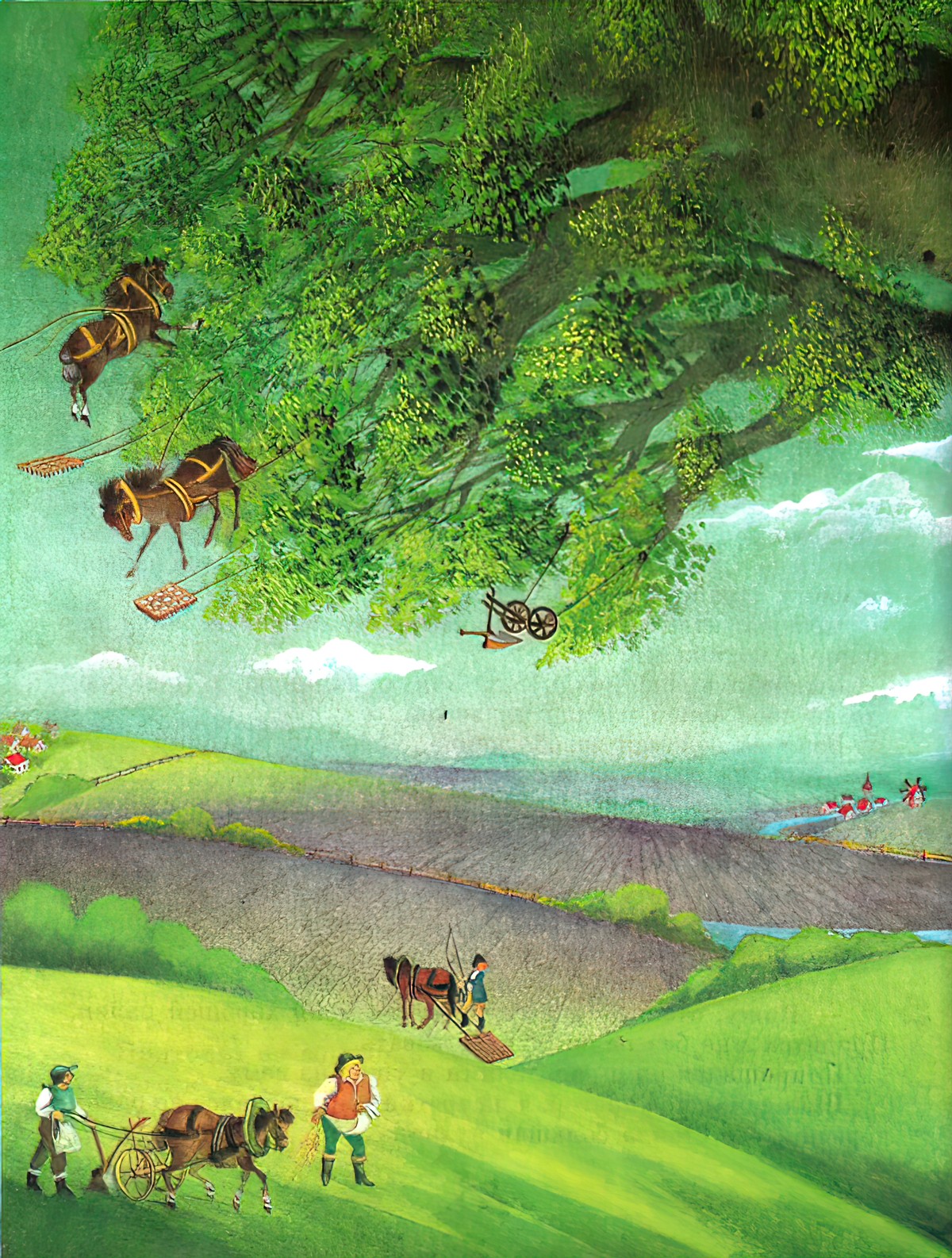
The cover of If You Come To Earth is the clearest example of the metaphorical effect this curved horizon in children’s illustration.
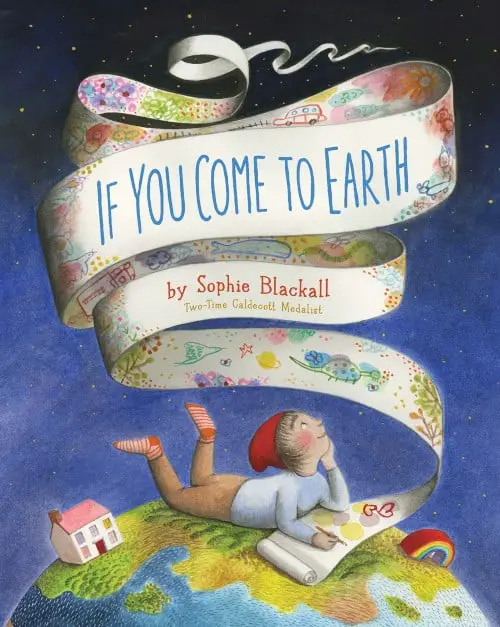
If you come to Earth, there are a few things you need to know. . .
We live in all kinds of places.
In all kinds of homes.
In all kinds of families.
Each of us is different. But all of us are amazing.
And, together, we share one beautiful planet.
As well as achieving the idyllic safeness of utopian children’s settings, any kind of distorted perspective contributes to a naive style, welcoming amateur (young) artists to create their own picture.
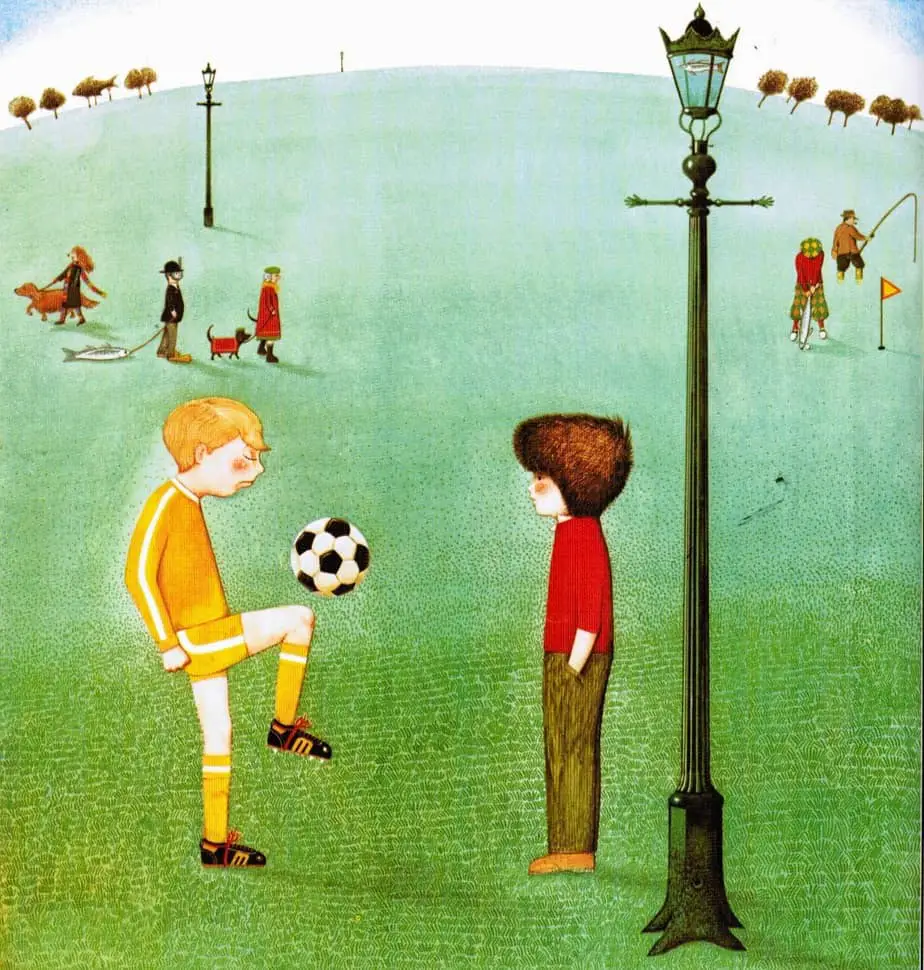
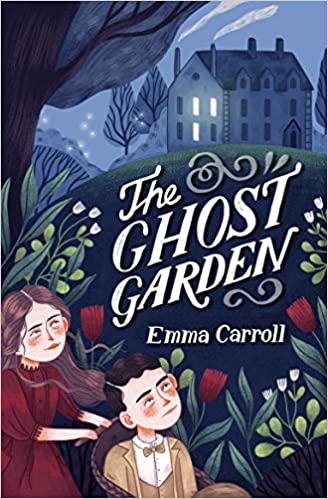
SUMMER 1914. When Fran unearths a bone in the garden of Longbarrow House on the same afternoon that Leo breaks his leg, it must surely be just a coincidence. But Fran can’t shake the uneasy feeling that the events are somehow connected, and there is a shift in the atmosphere that leaves her troubled and anxious. Roped into keeping wheelchair-bound Leo company, Fran is forced to listen to his foolish theories about the looming threat of war in Europe. But as the pair start to uncover more secrets buried beneath the garden, they dredge up threatening shadows of the future, and Fran begins to fear that Leo’s dire predictions might be coming true … Queen of Historical Fiction, Emma Carroll, makes her Barrington Stoke debut with a powerful, evocative, and spine-tingling story of childhood on the brink of war.
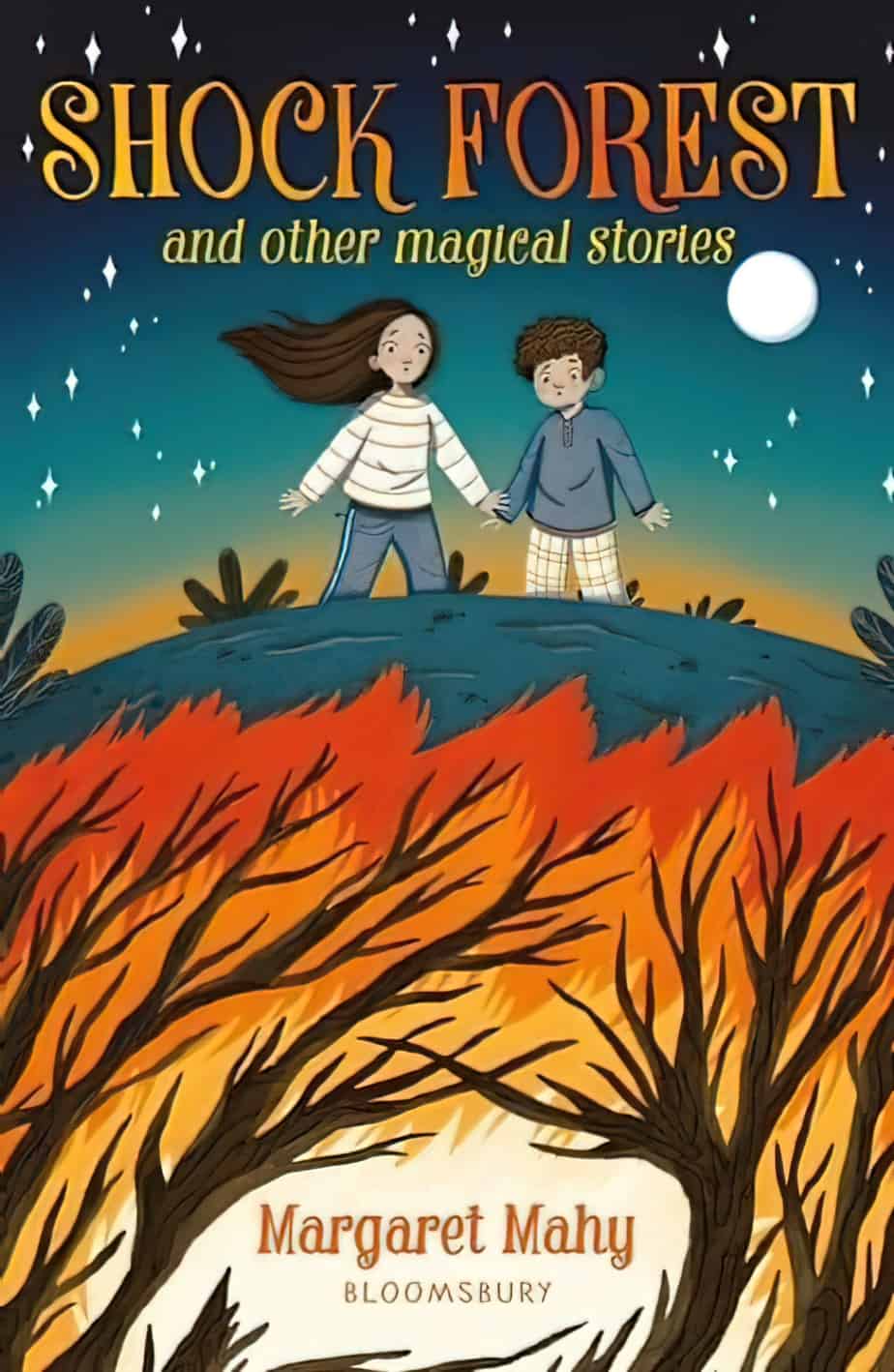
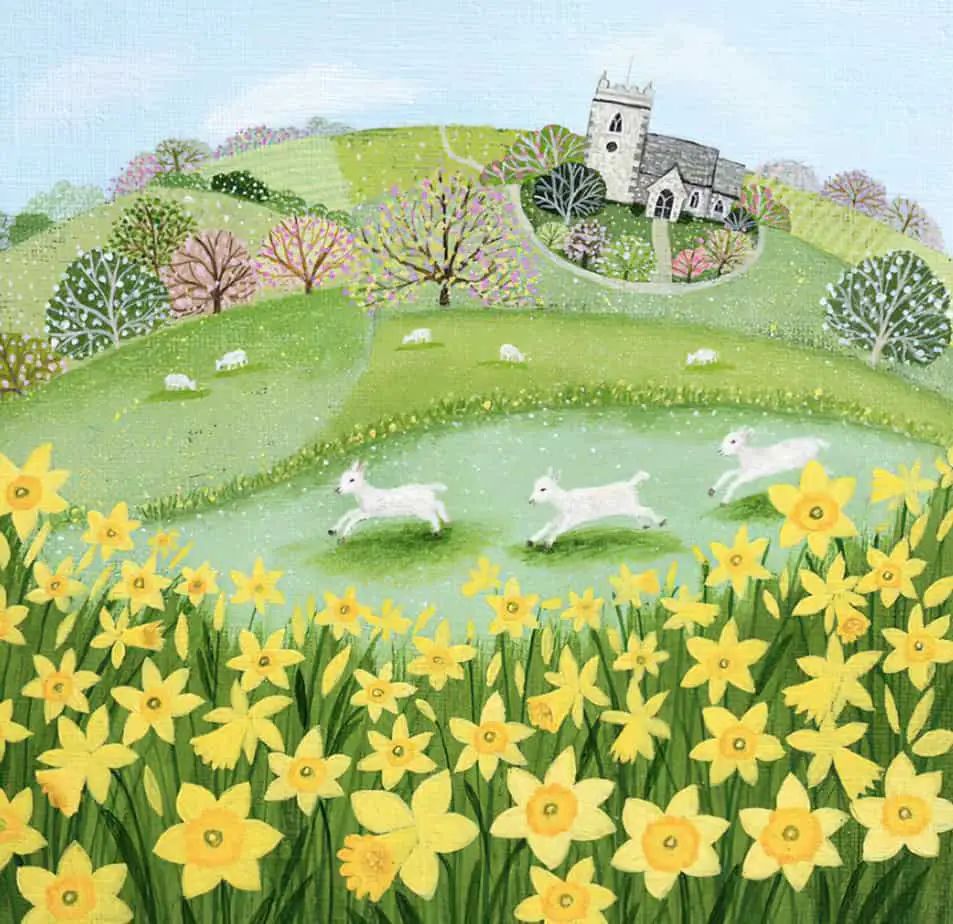
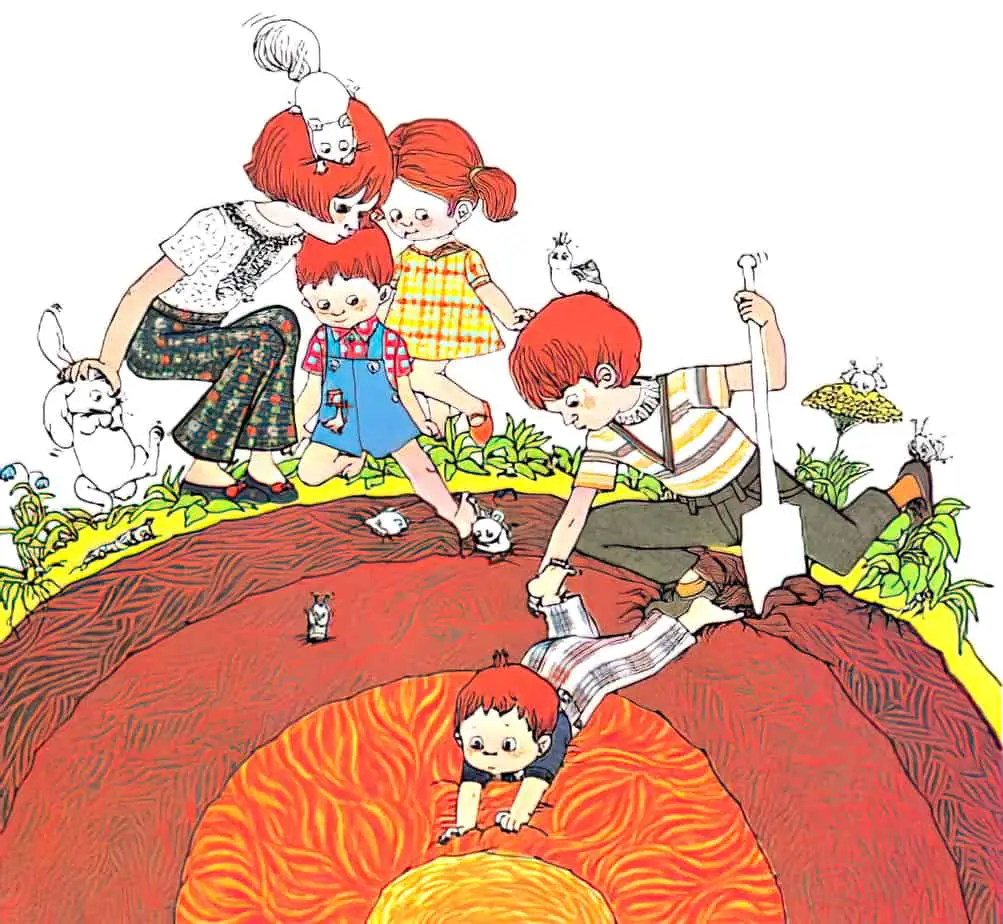
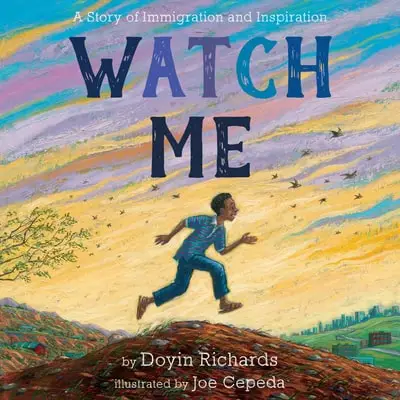
A picture book about immigration, Watch Me is based on the author’s father’s own story.
Joe came to America from Africa when he was young. He worked hard in school, made friends, and embraced his new home. Like so many immigrants before and after him, Joe succeeded when many thought he would fail.
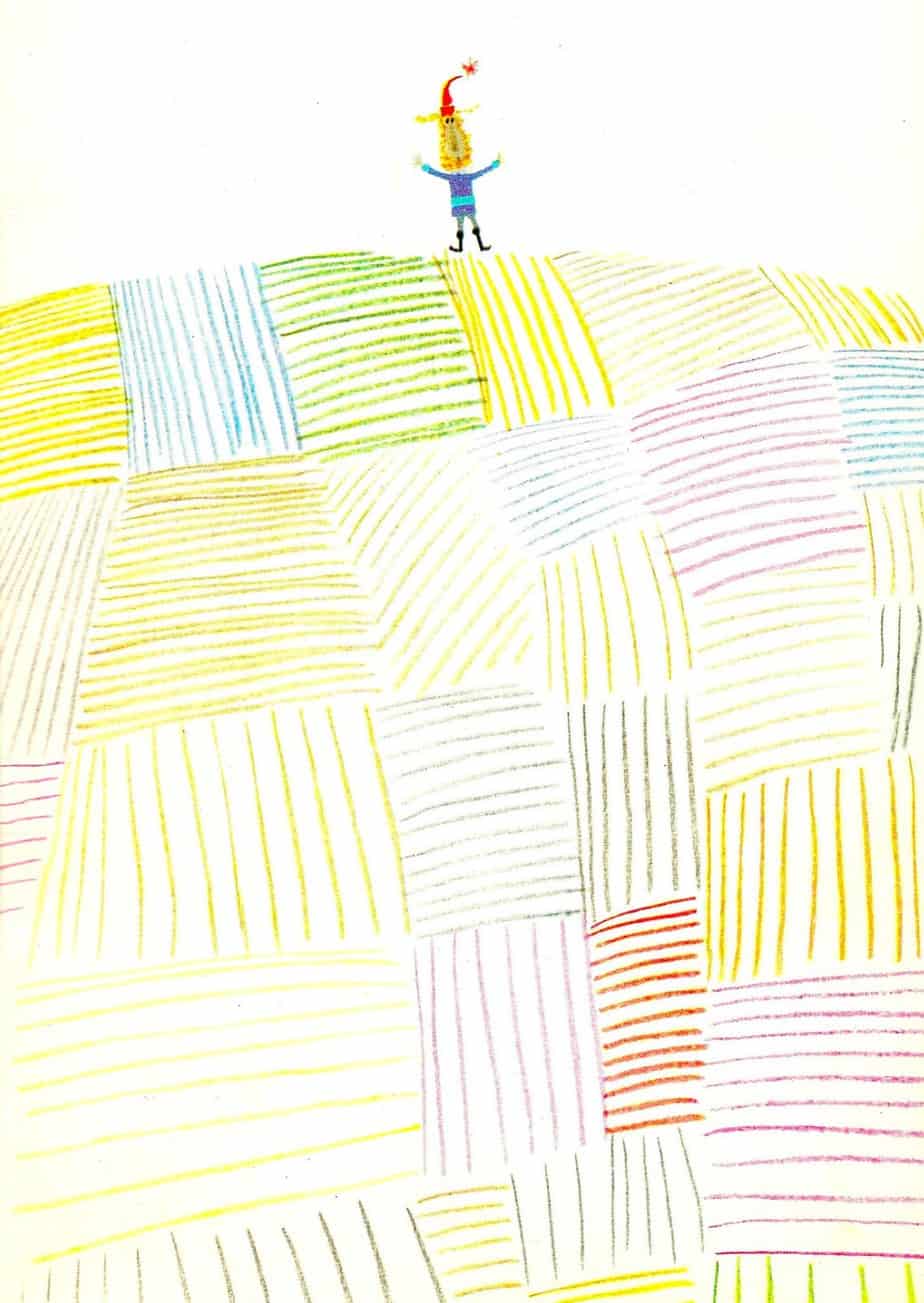
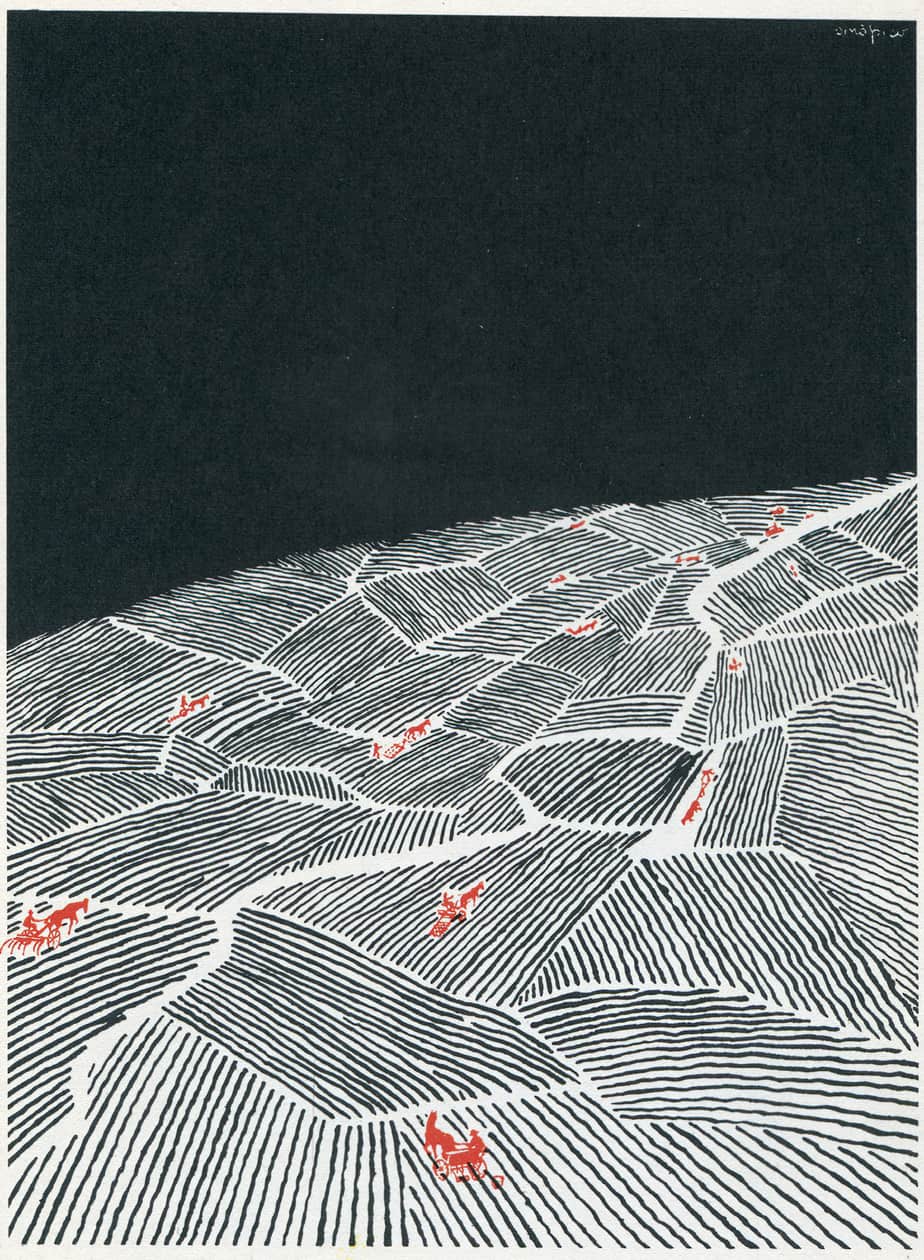
The curves of the Poky Little Puppy are hills, not horizons, but lend the same effect of the cozy little world.
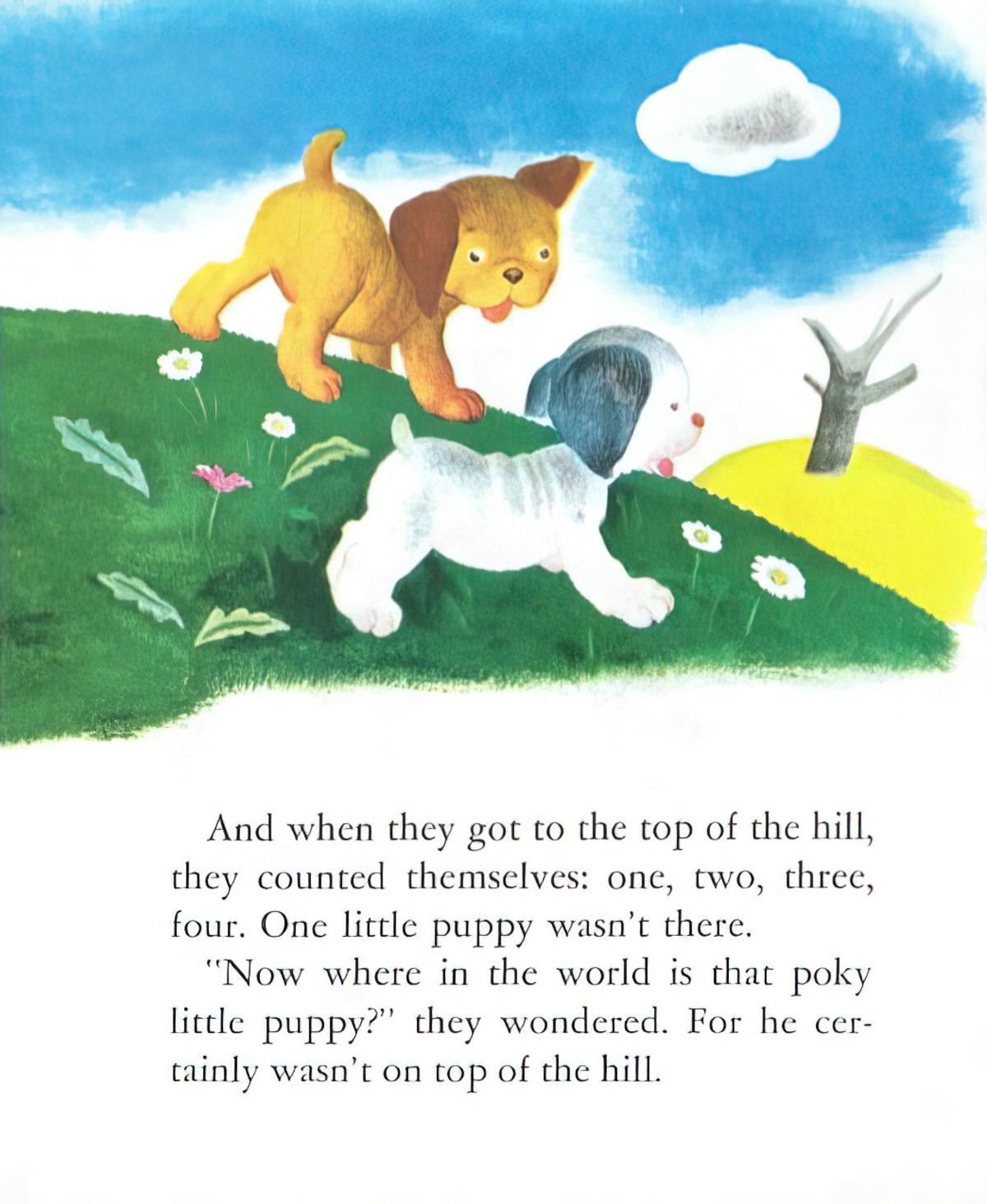
In the image below, we wouldn’t necessarily expect the edge of a park to curve that excessively. Curved edges are an example of deliberately distorted perspective.
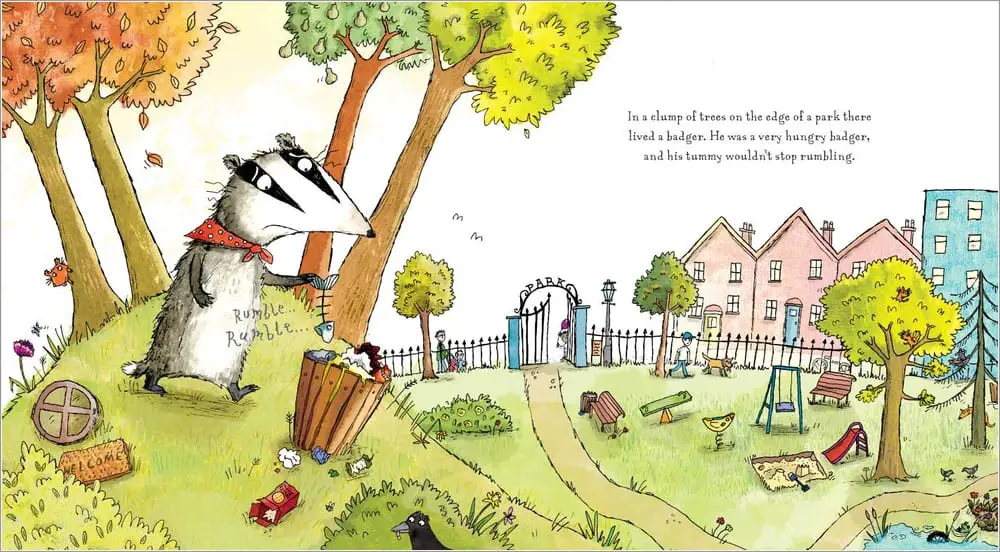
In the images below, the exaggerated curves are not of the horizon. Instead, the curve of the bridges creates the same feeling.
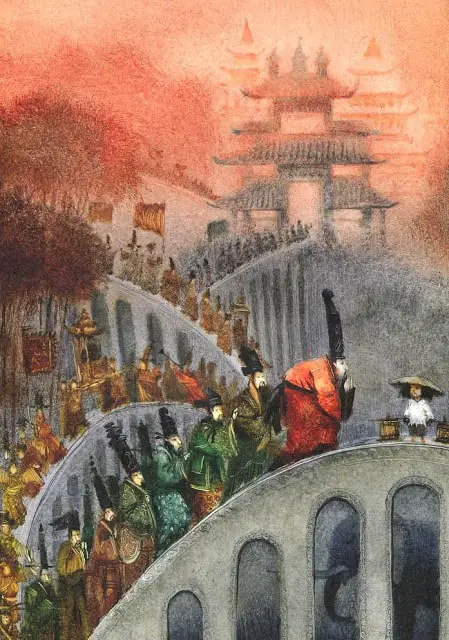
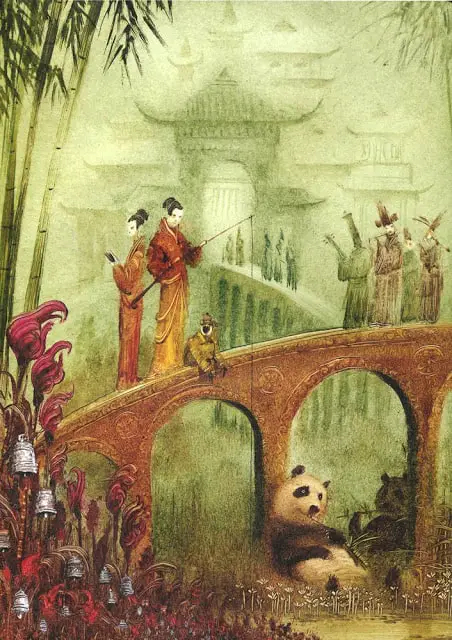
Sometimes the curve of the horizon might be explained as the curve of a naturalistic hill. Take the image below. We could certainly argue that. But since illustrators make every single decision from scratch, we might ask instead why these two appear to be standing on a hill slash curved horizon. Might it be to suggest, almost subliminally, that these two exist together on their own tiny planet? This would mimic the experience of being in the early throes of romantic love.
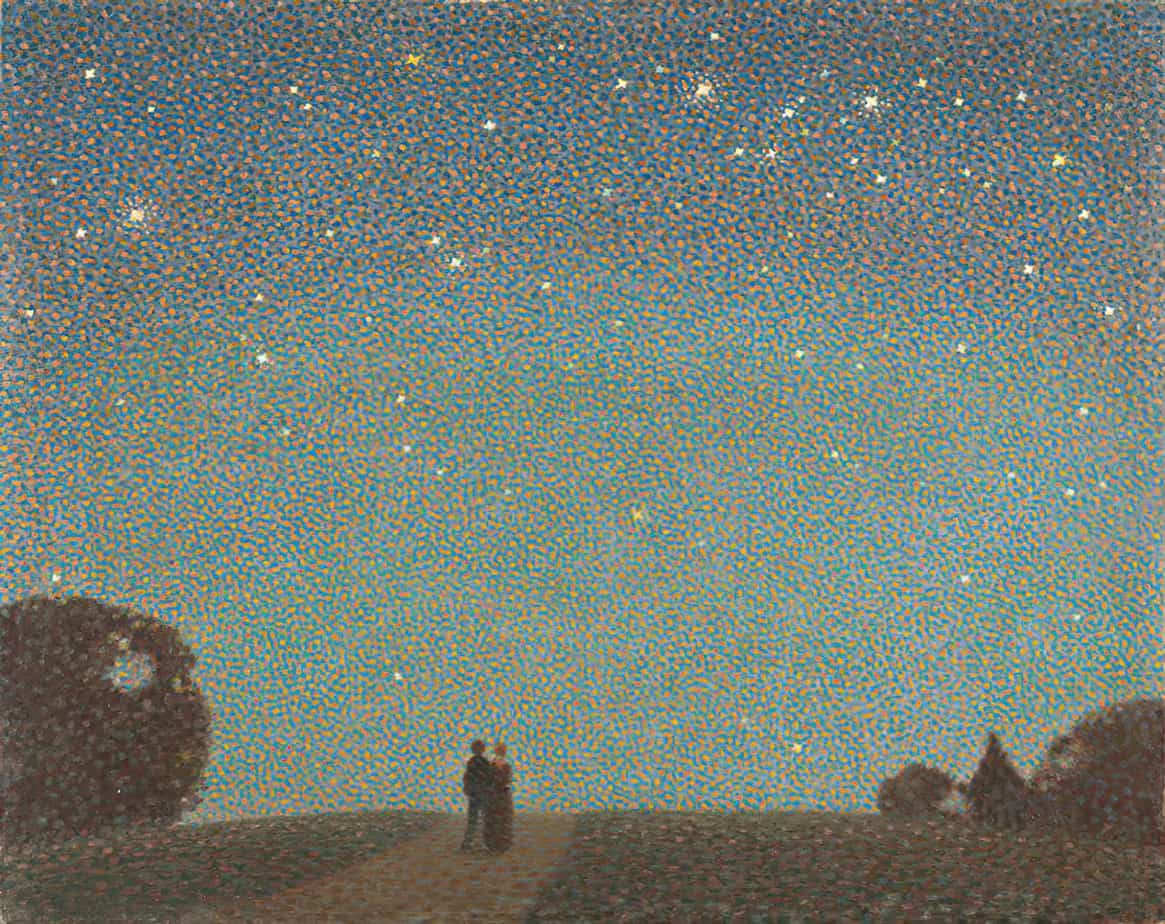
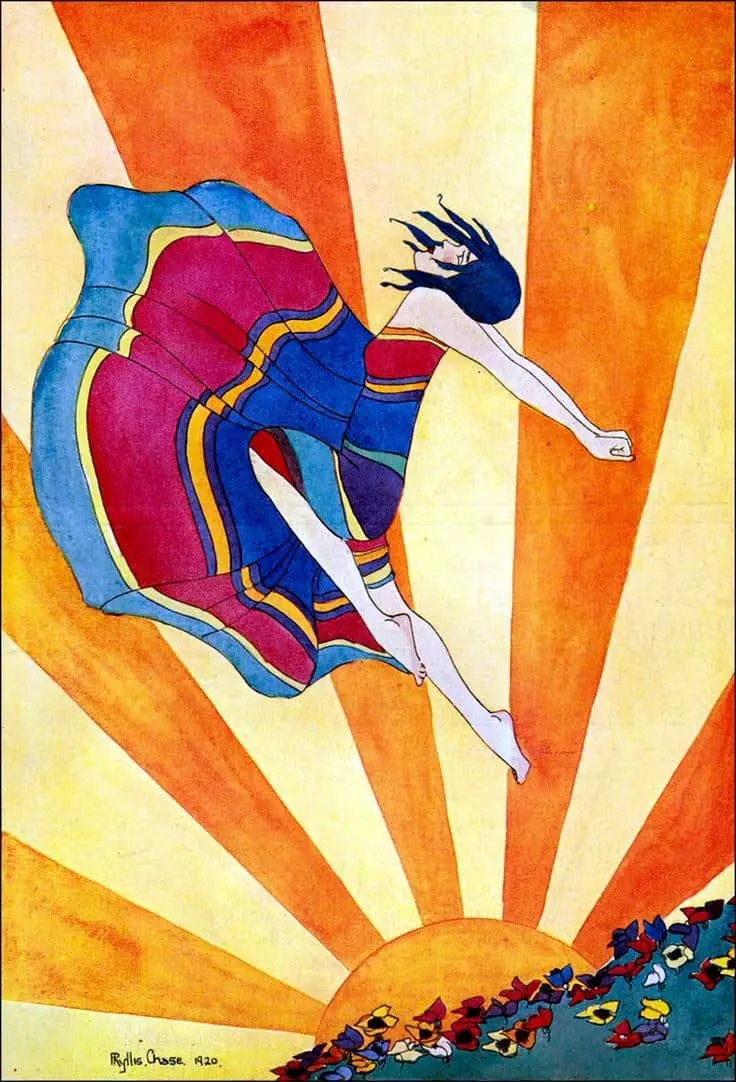
THE OMINOUS LITTLE WORLD
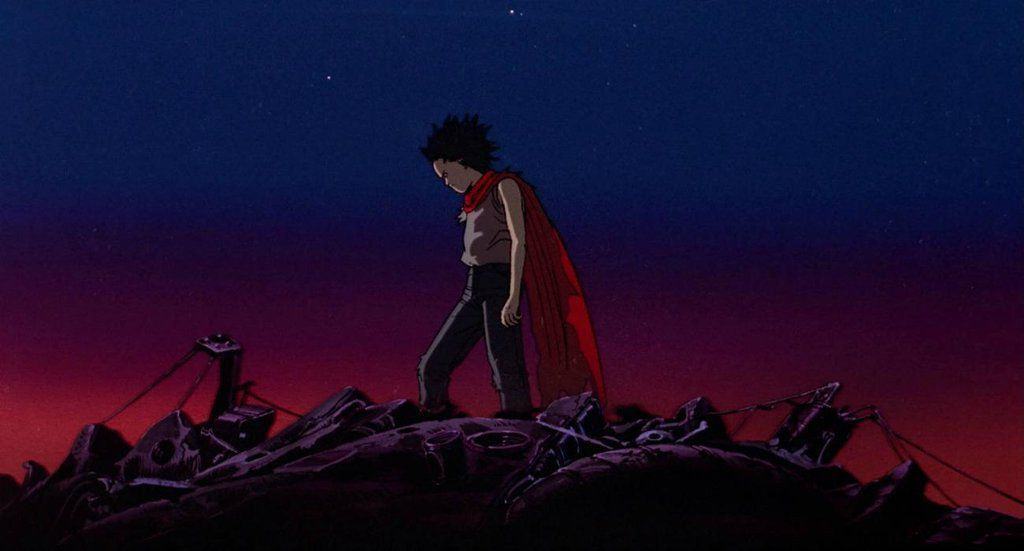
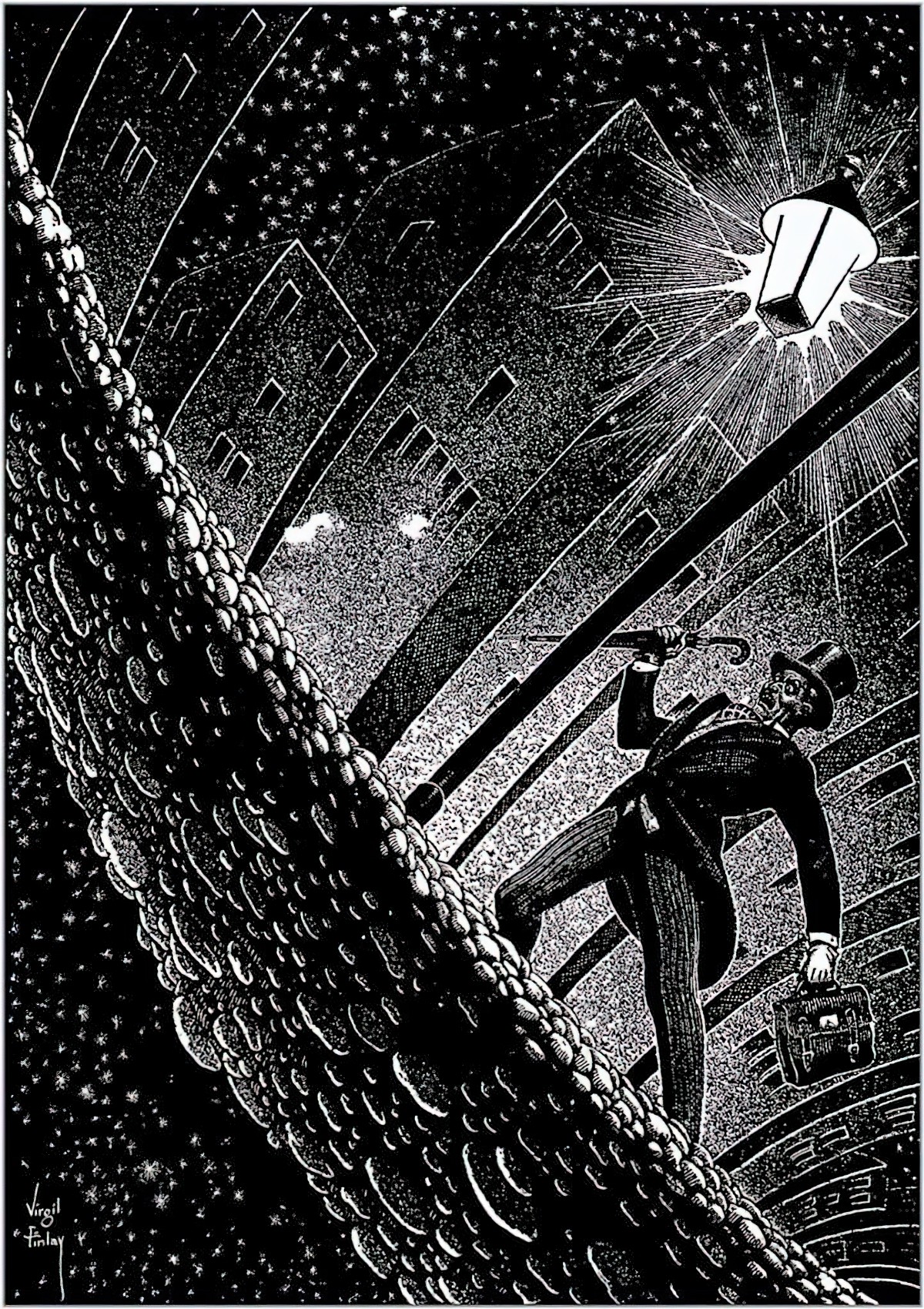
CONQUERING THE LITTLE WORLD WITH STRENGTH
